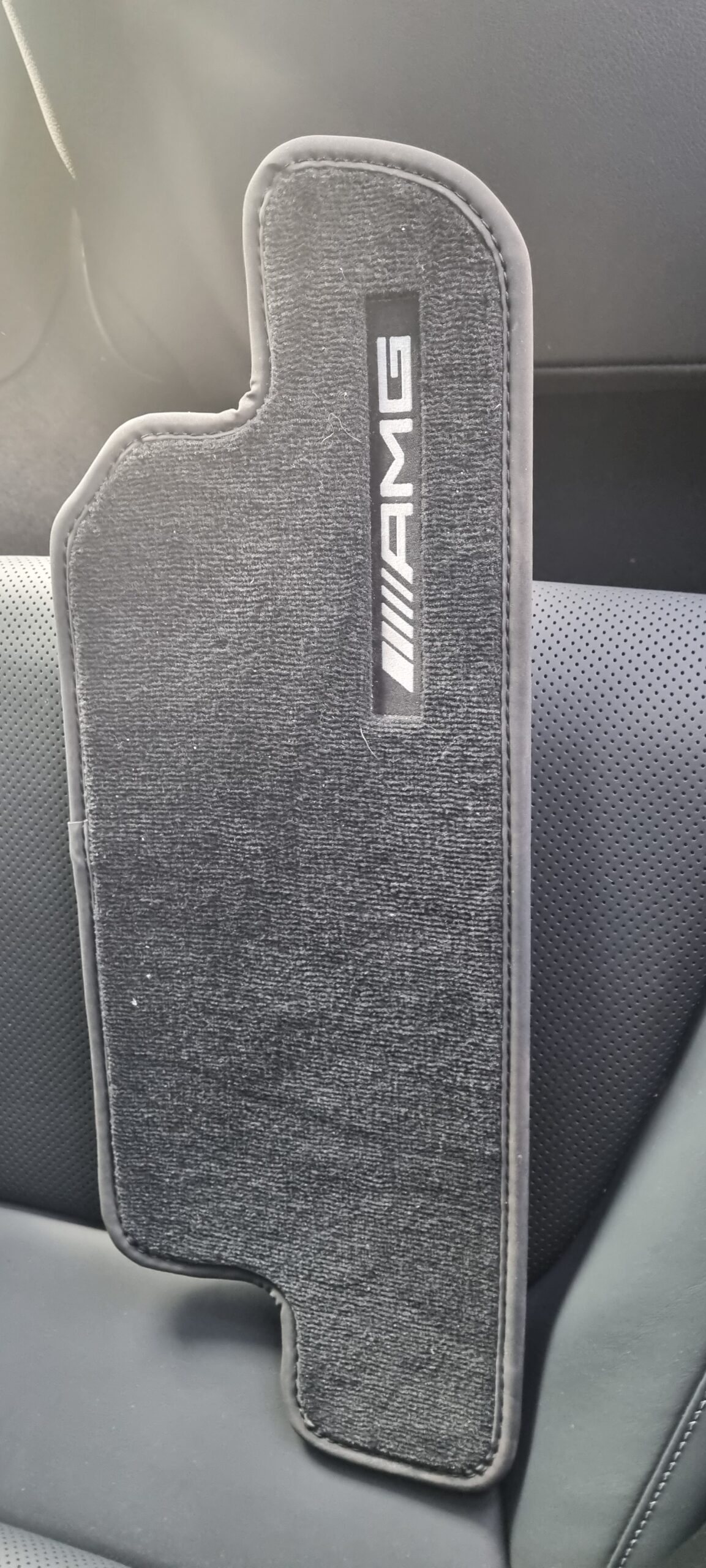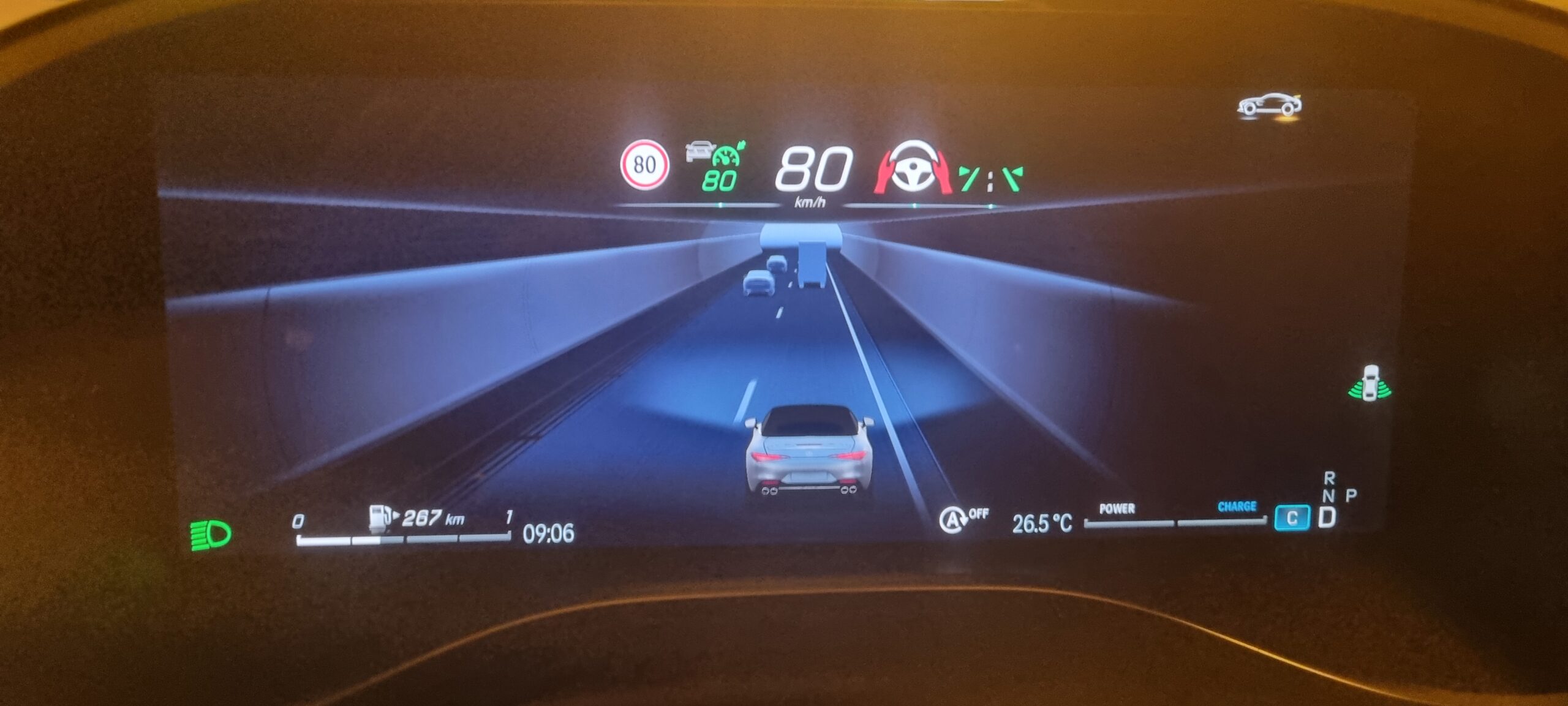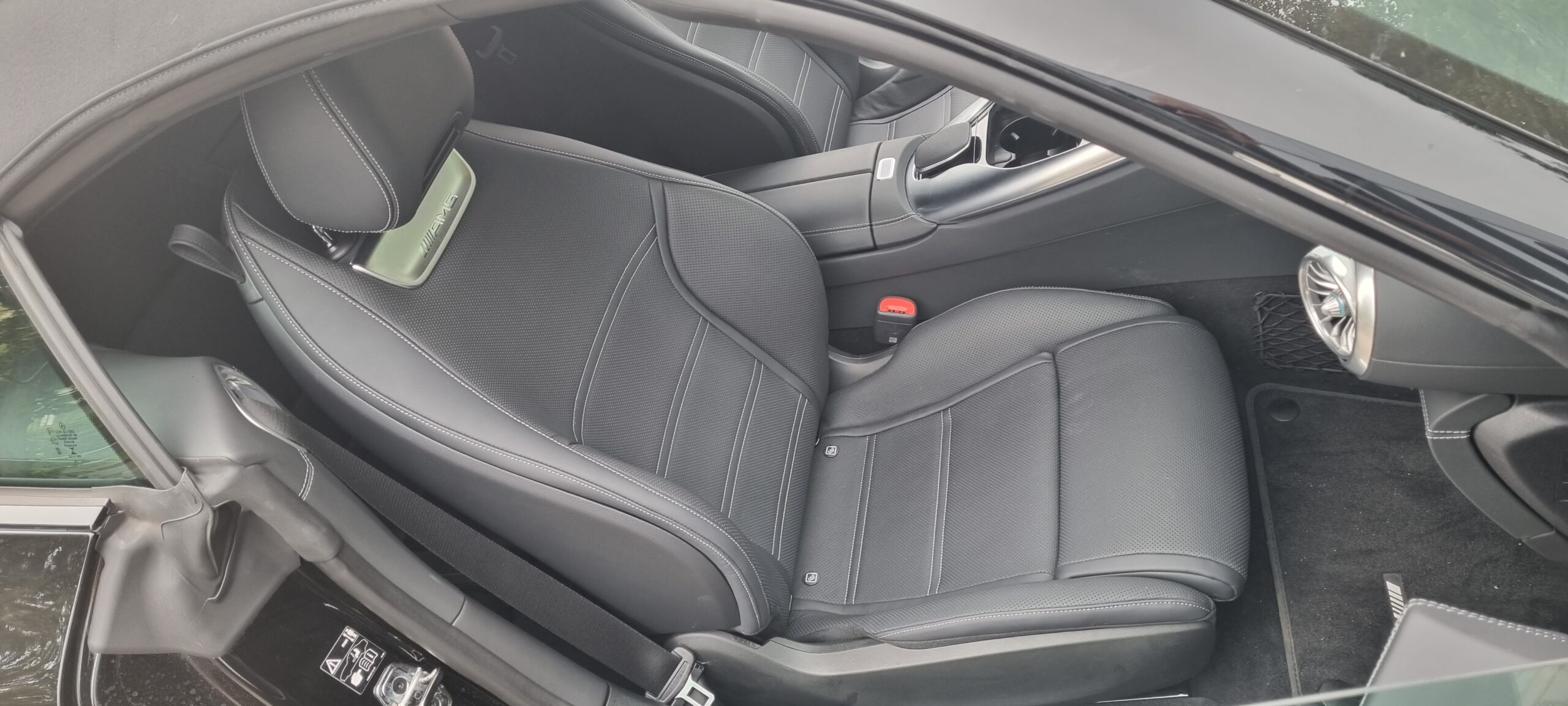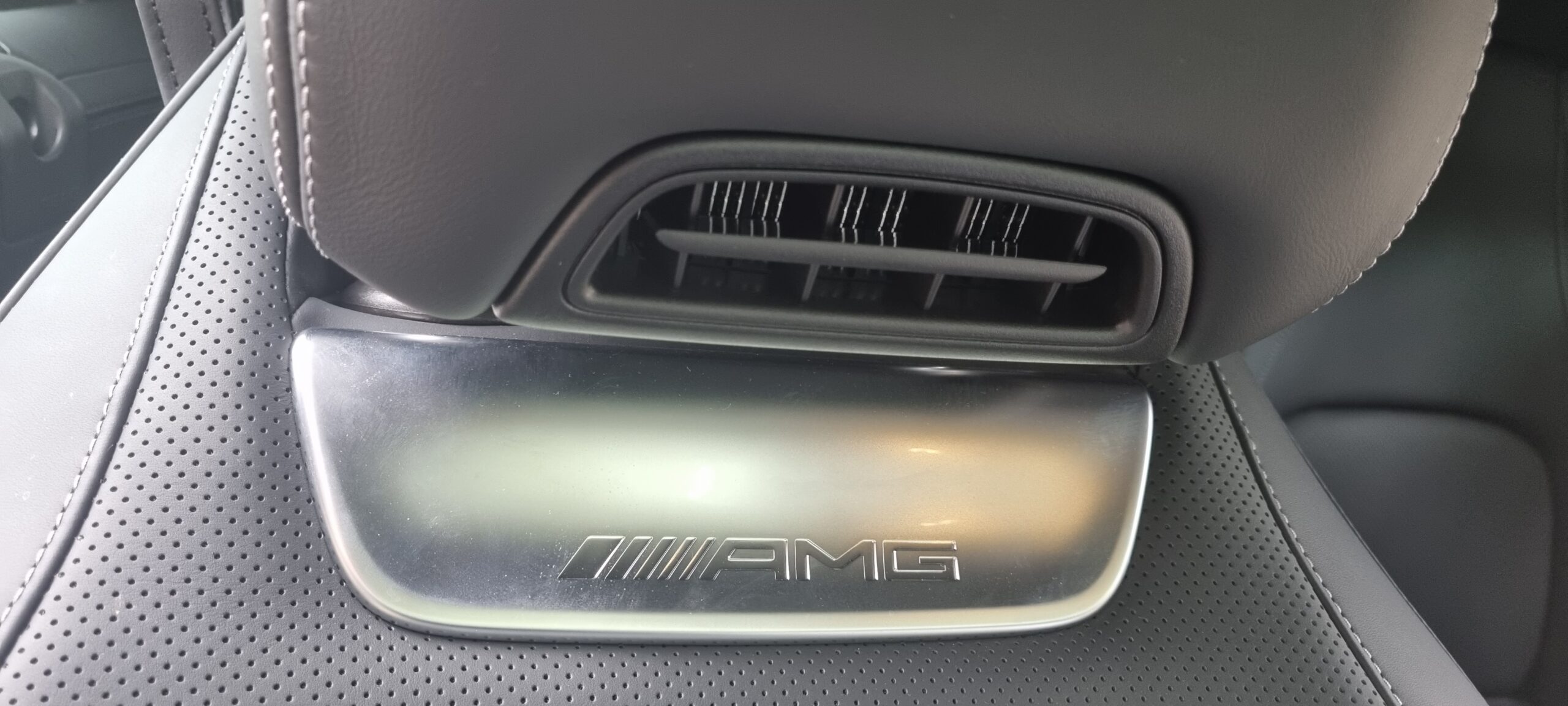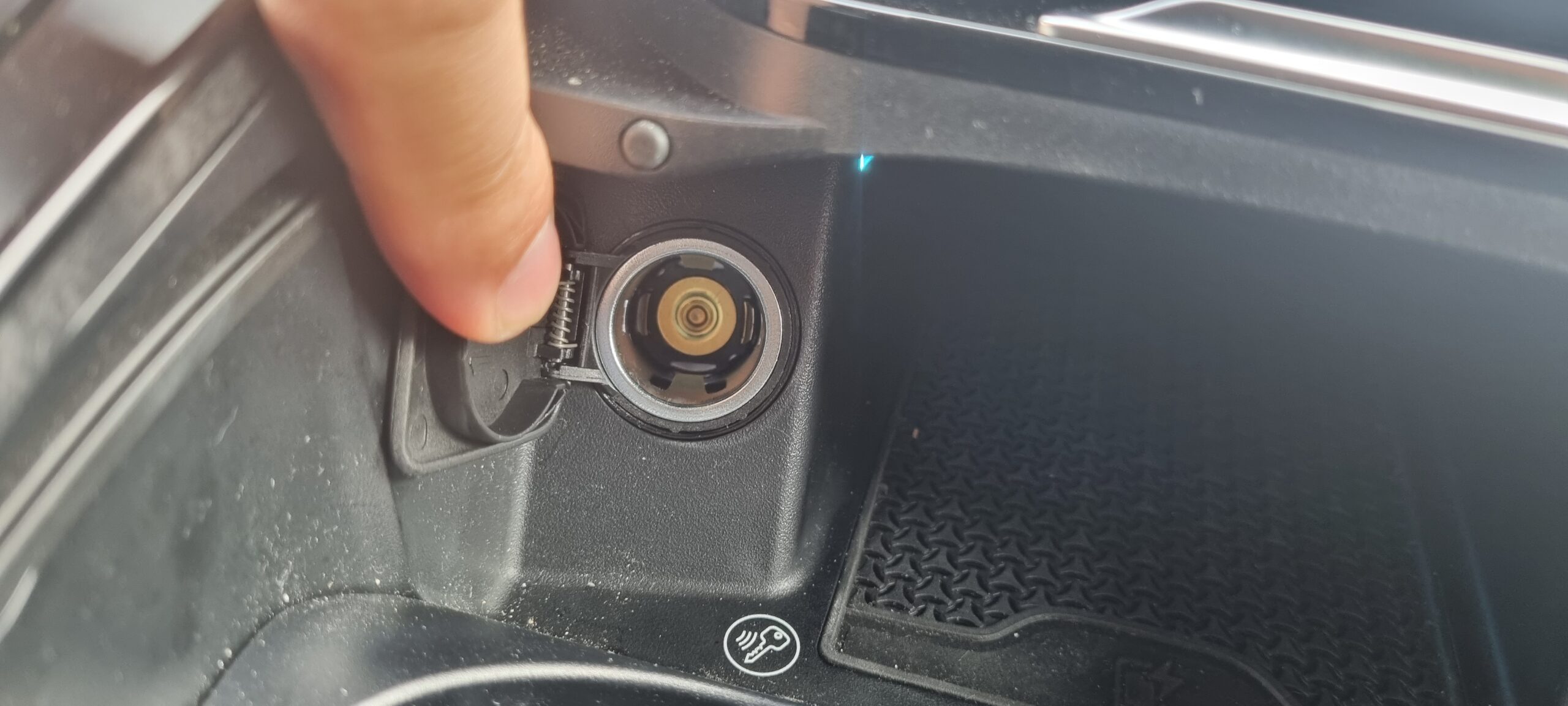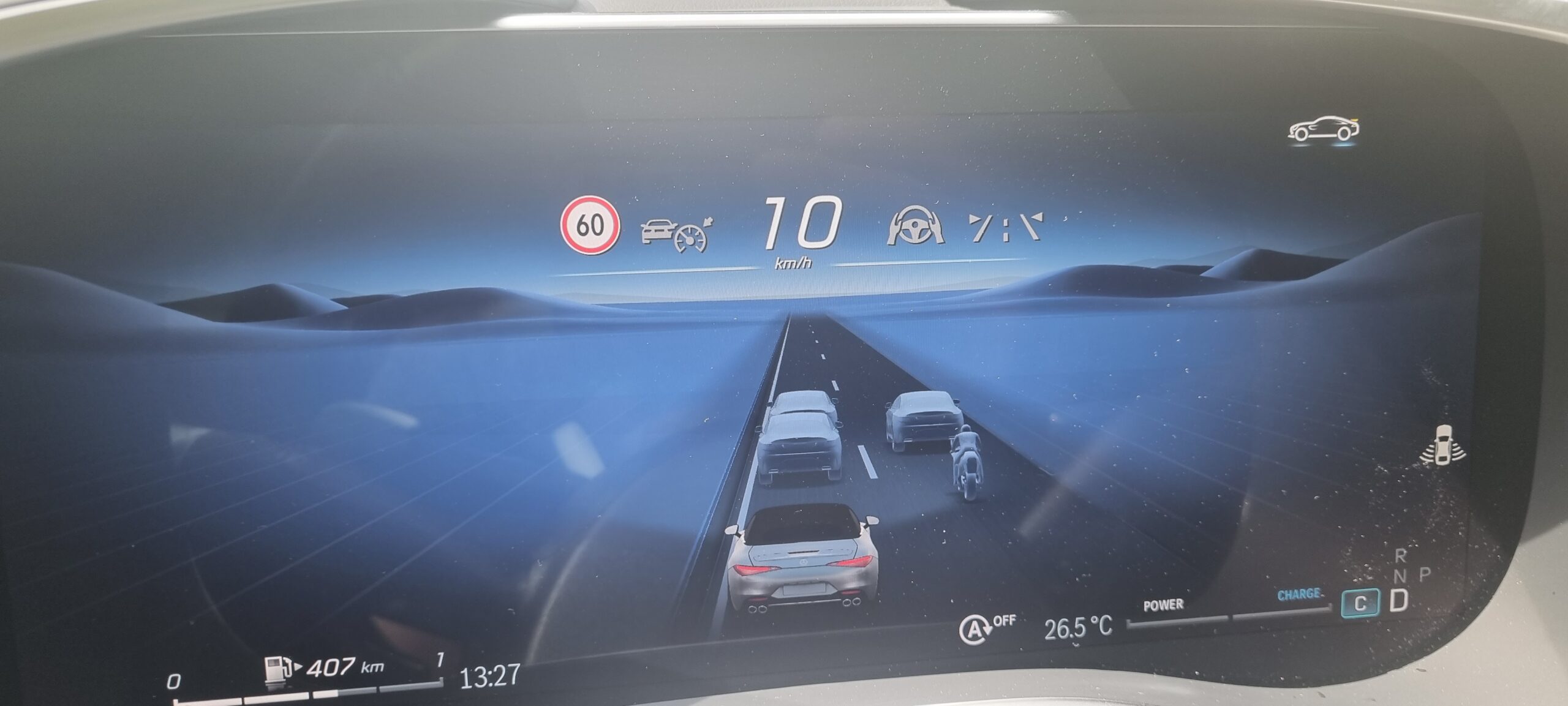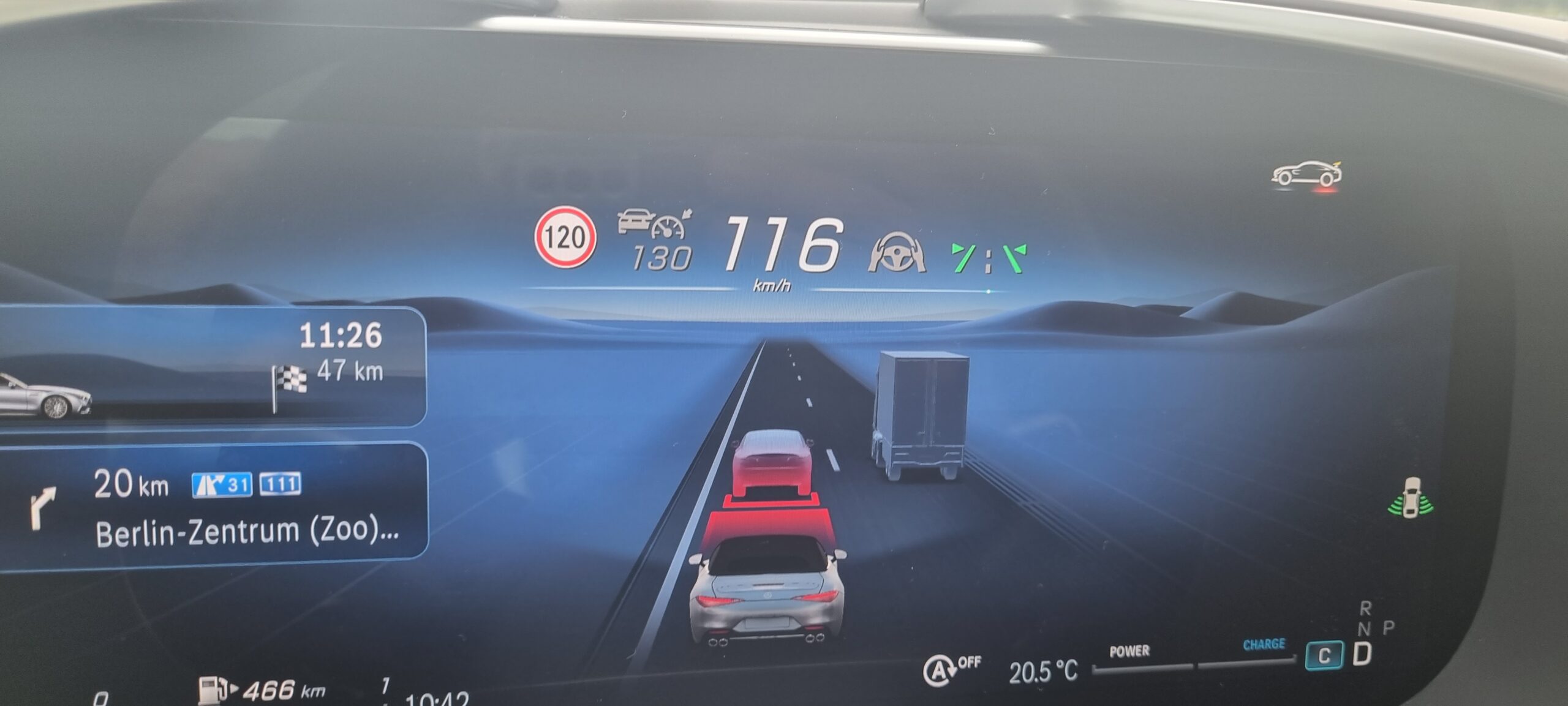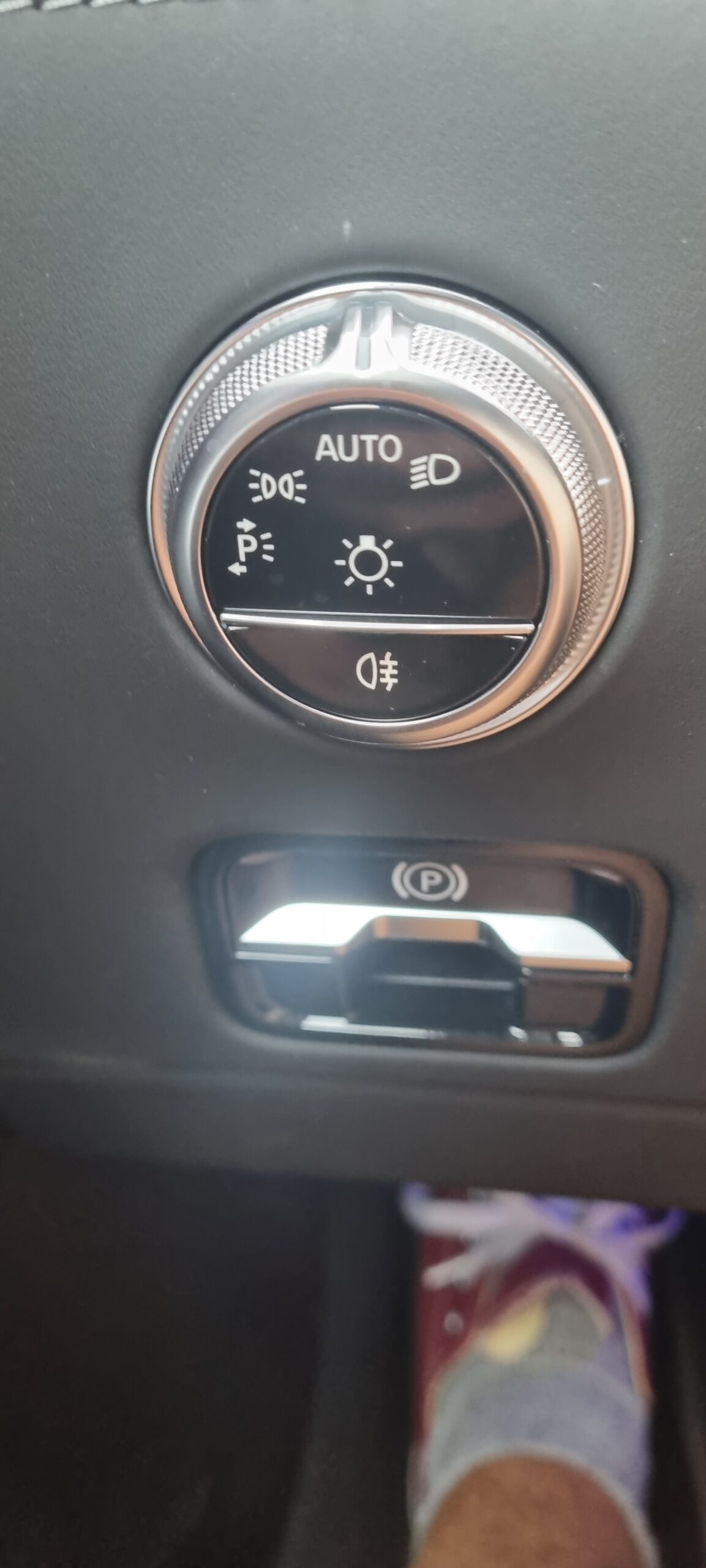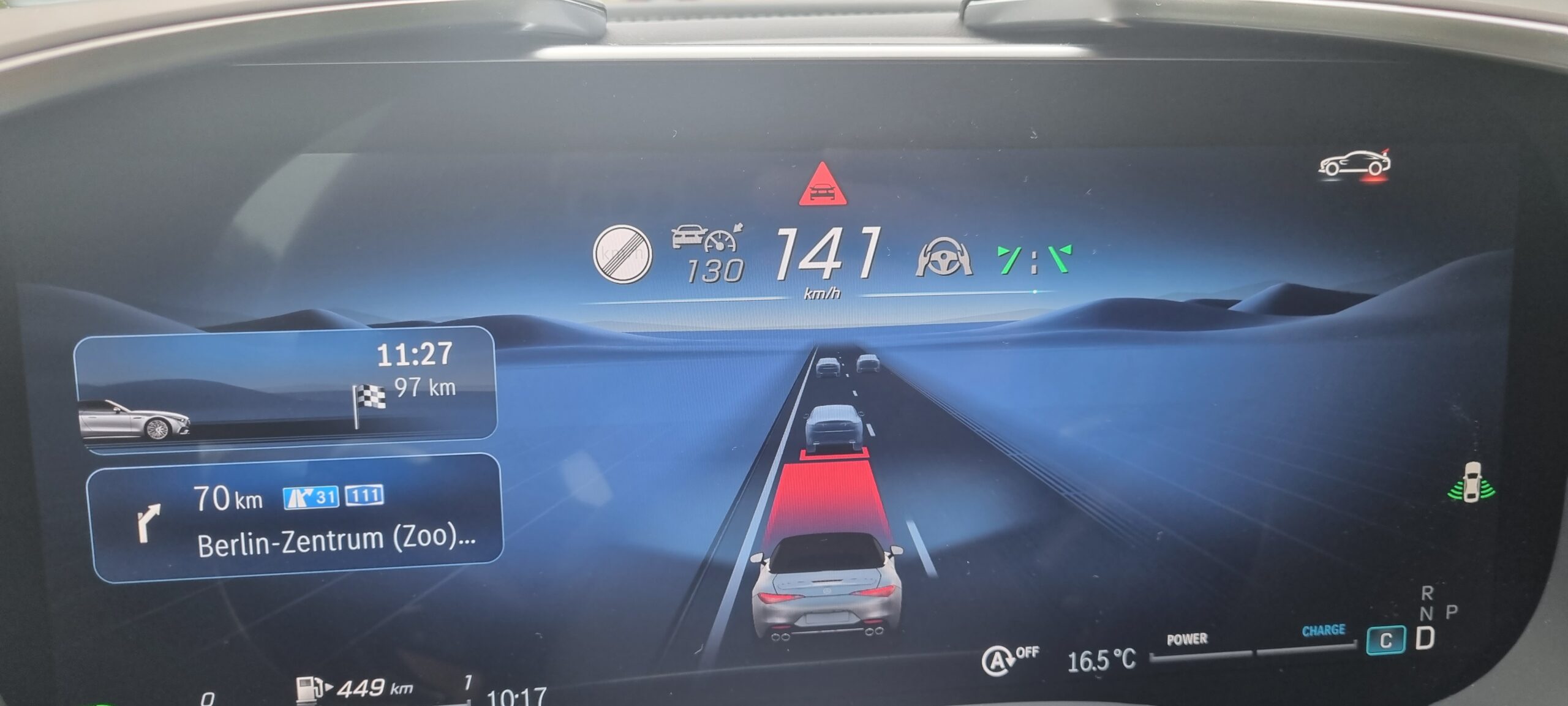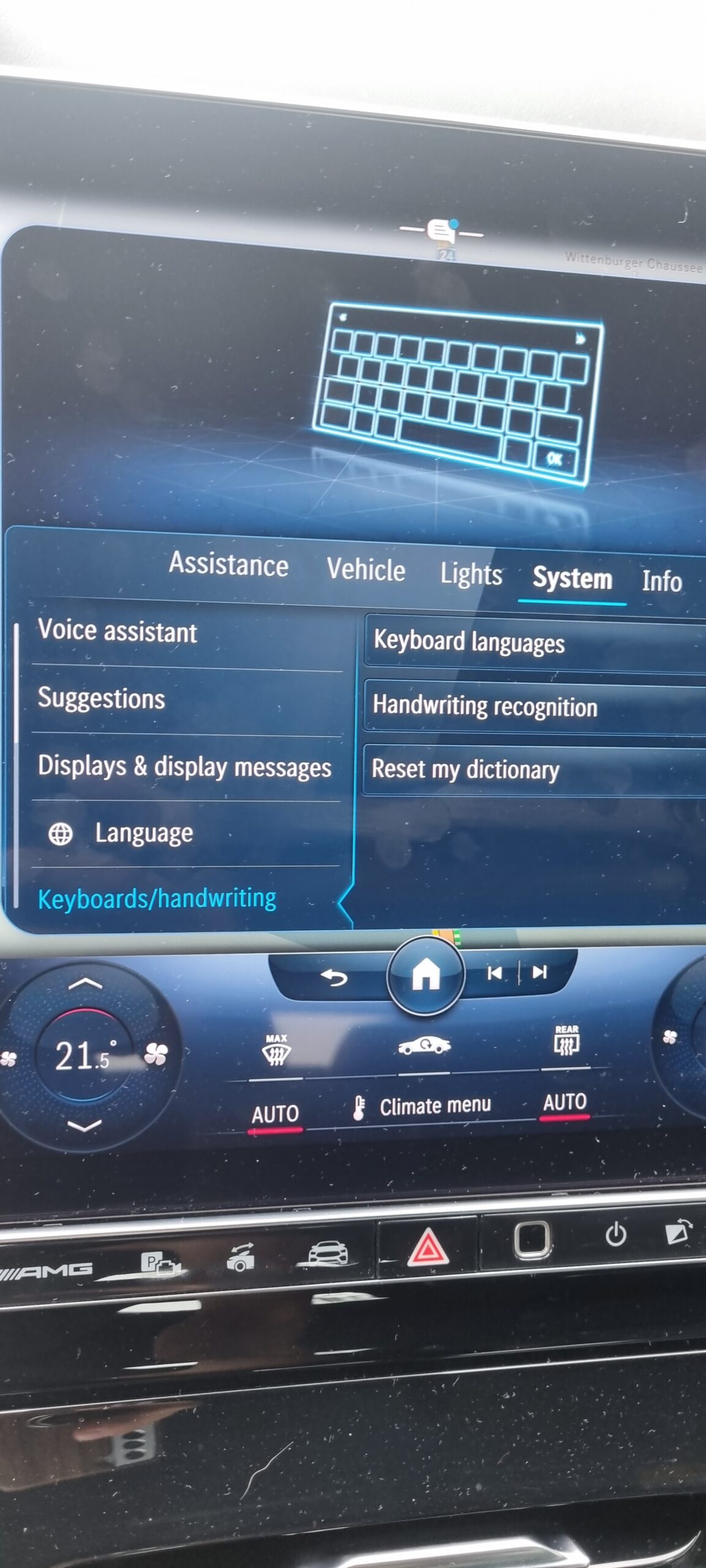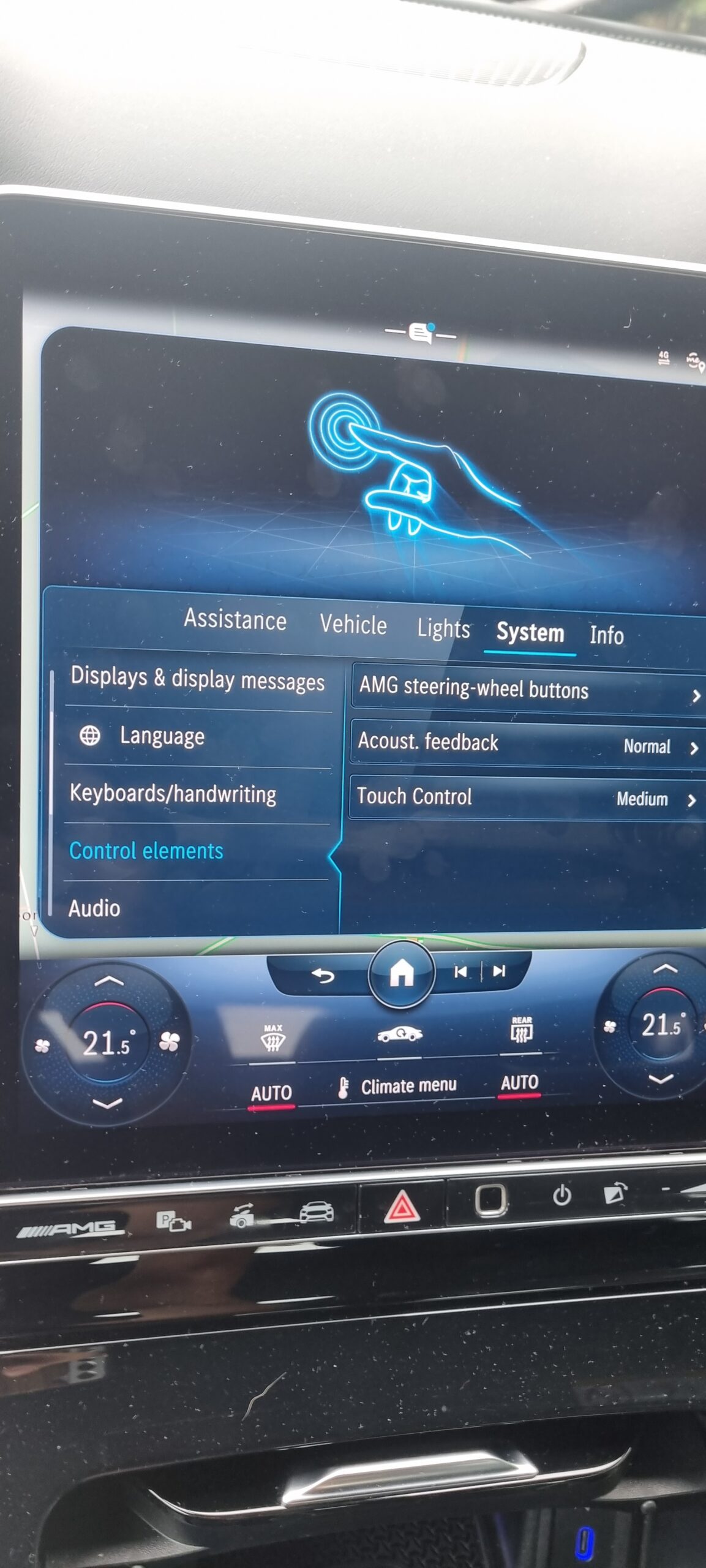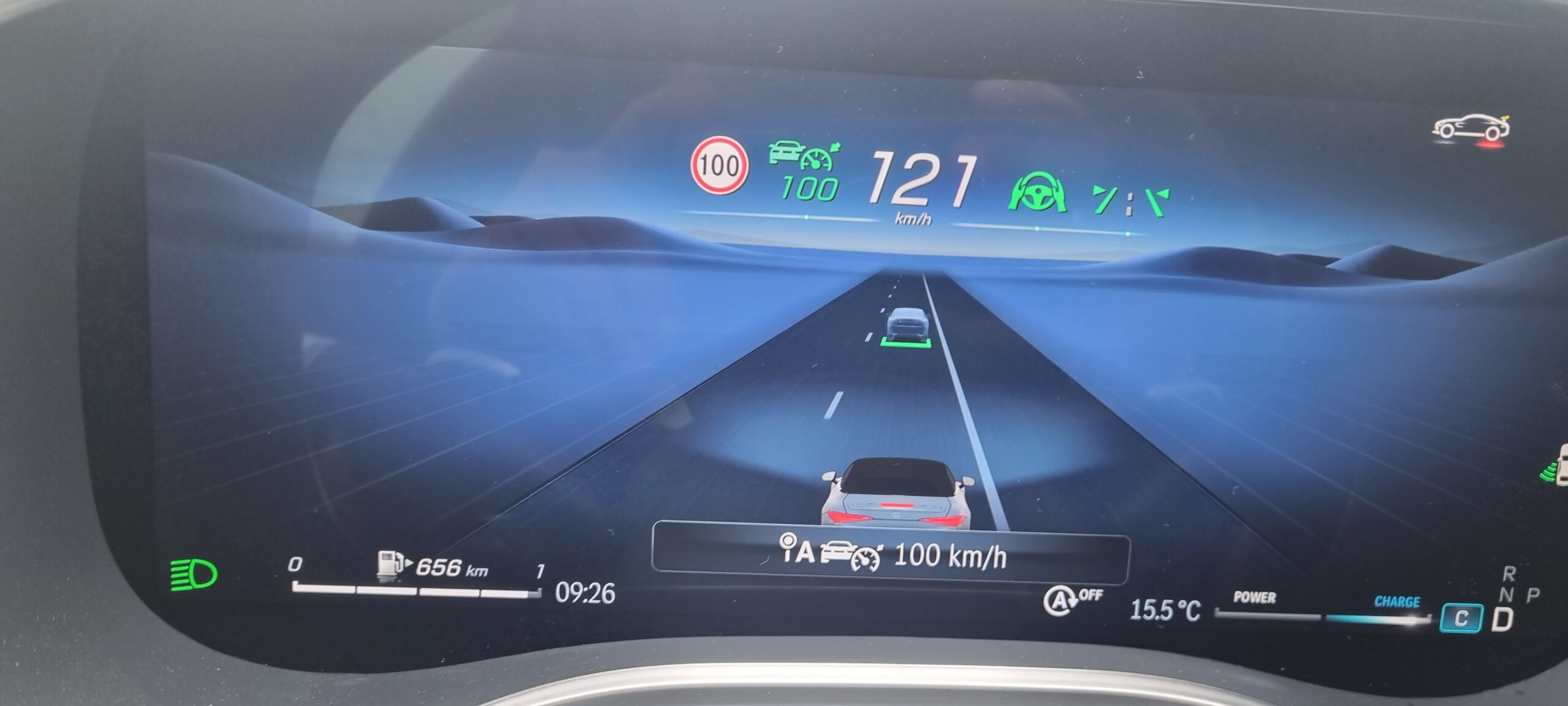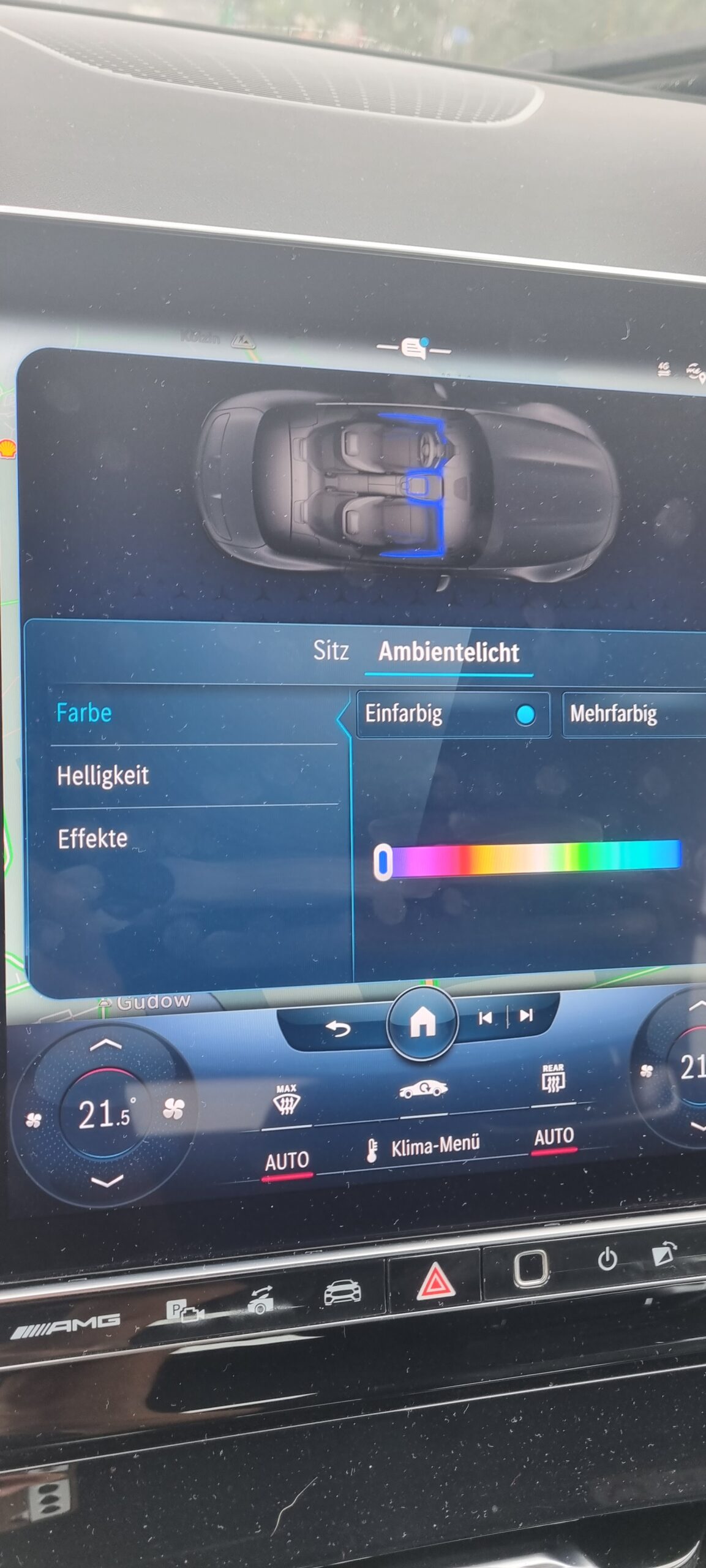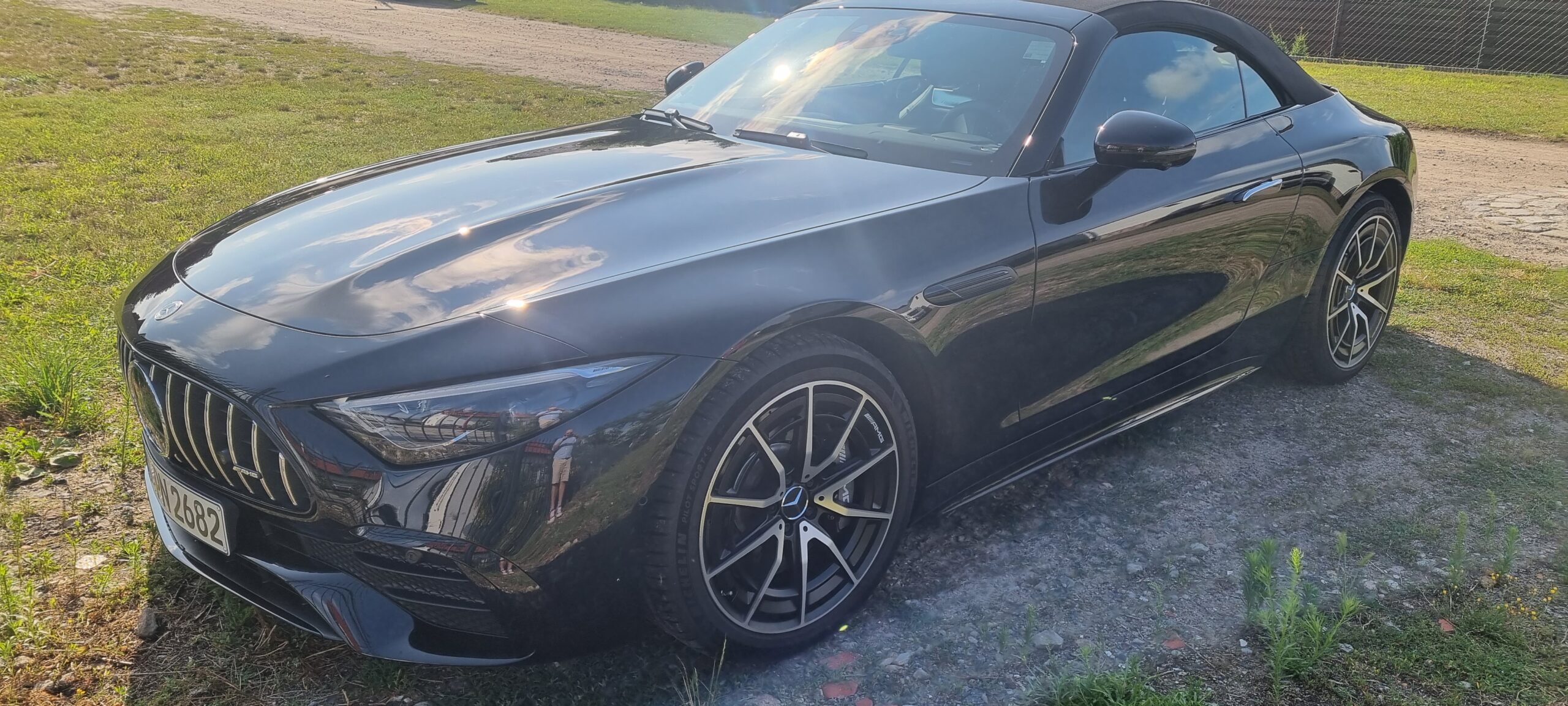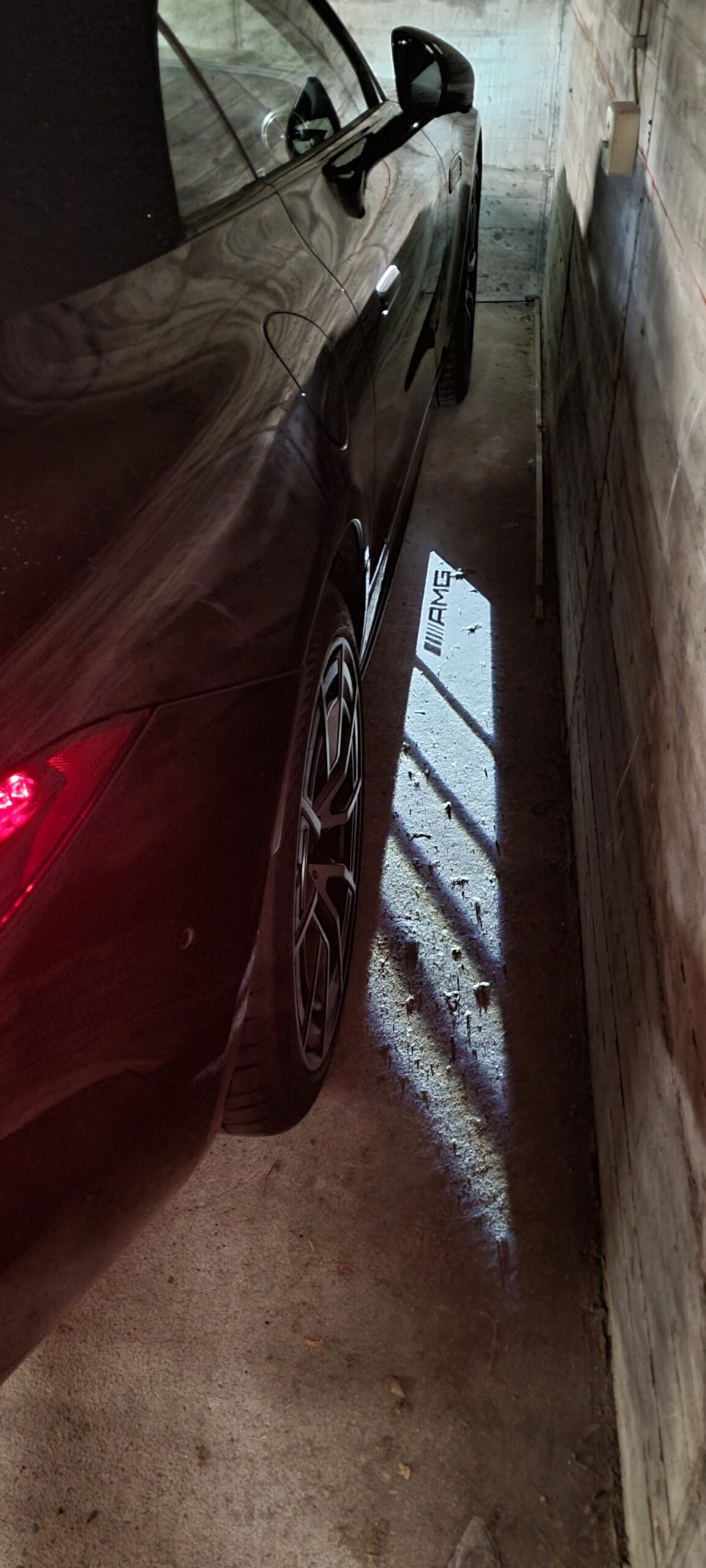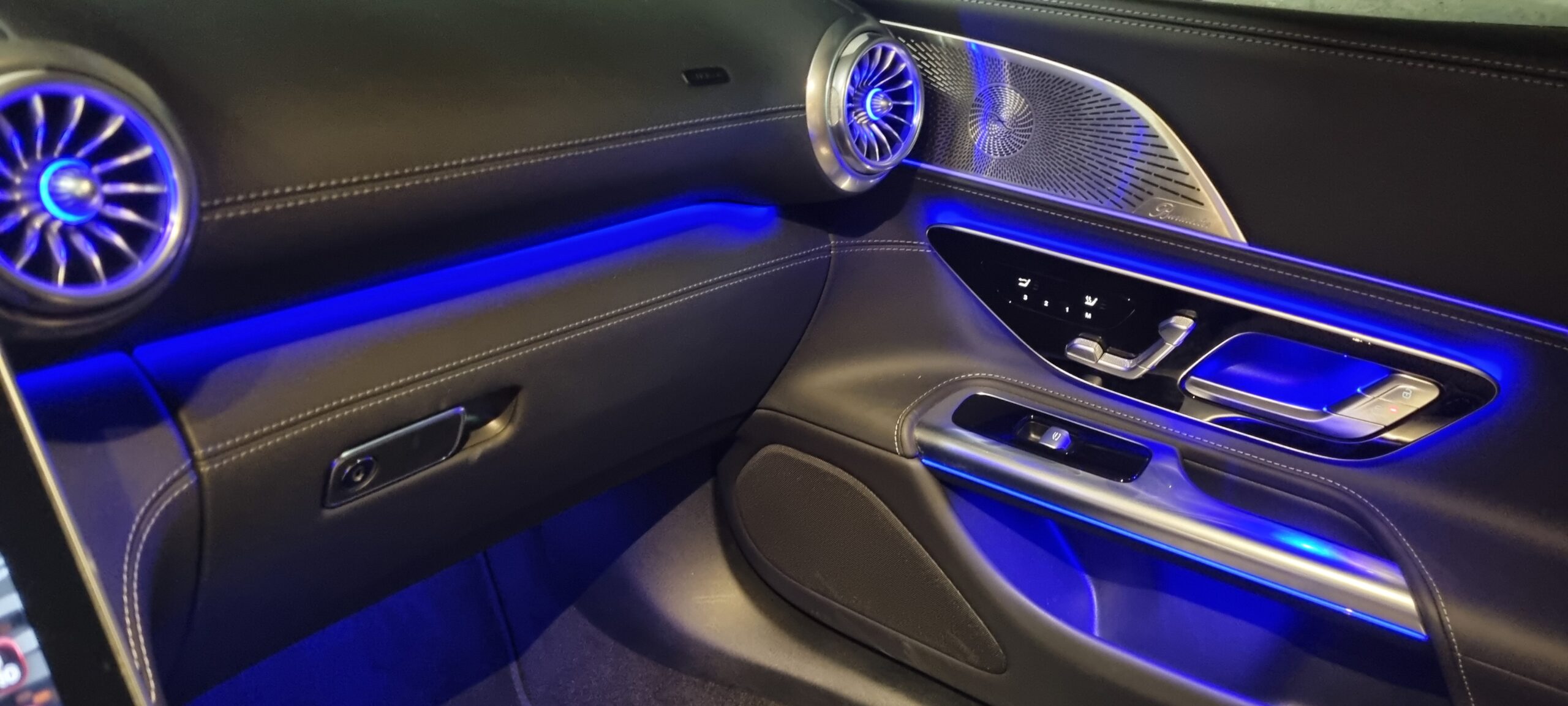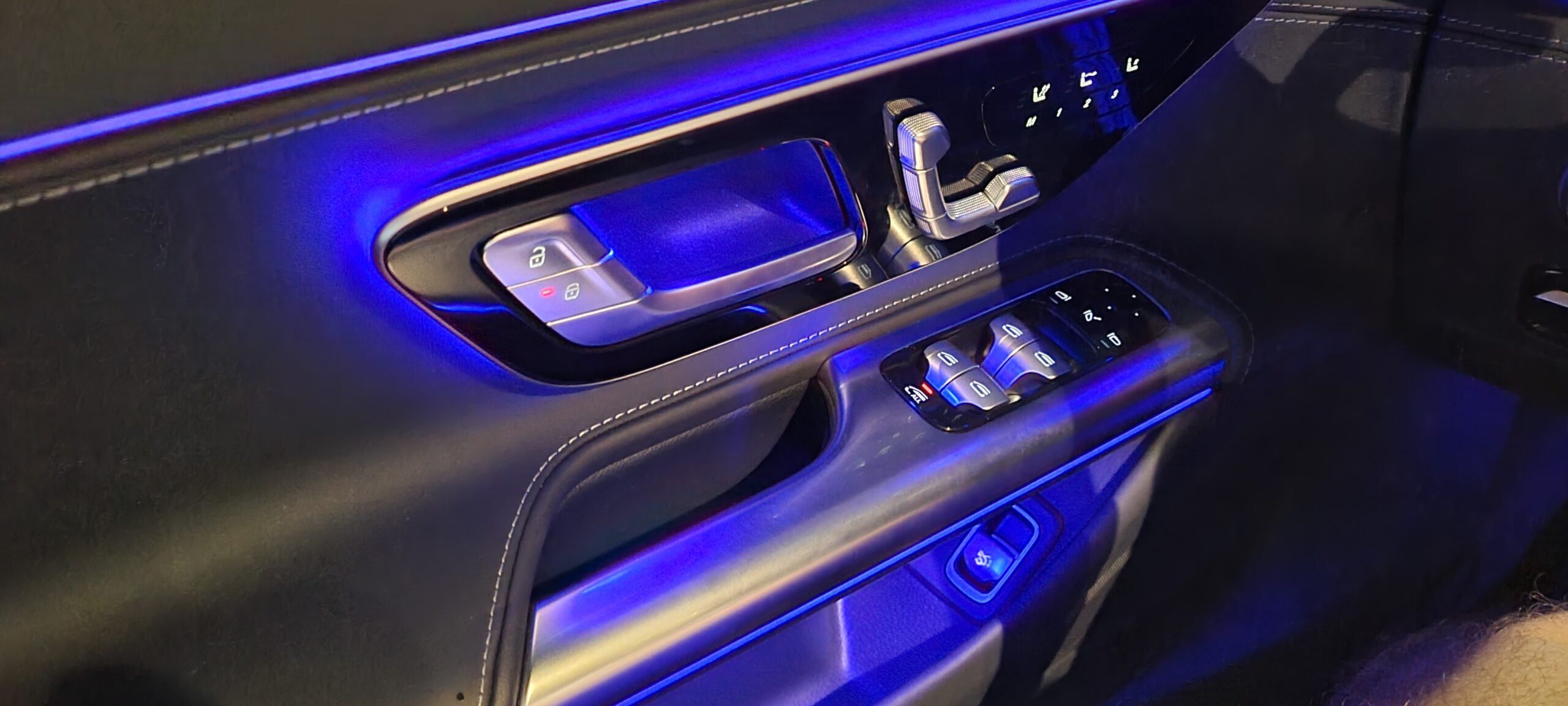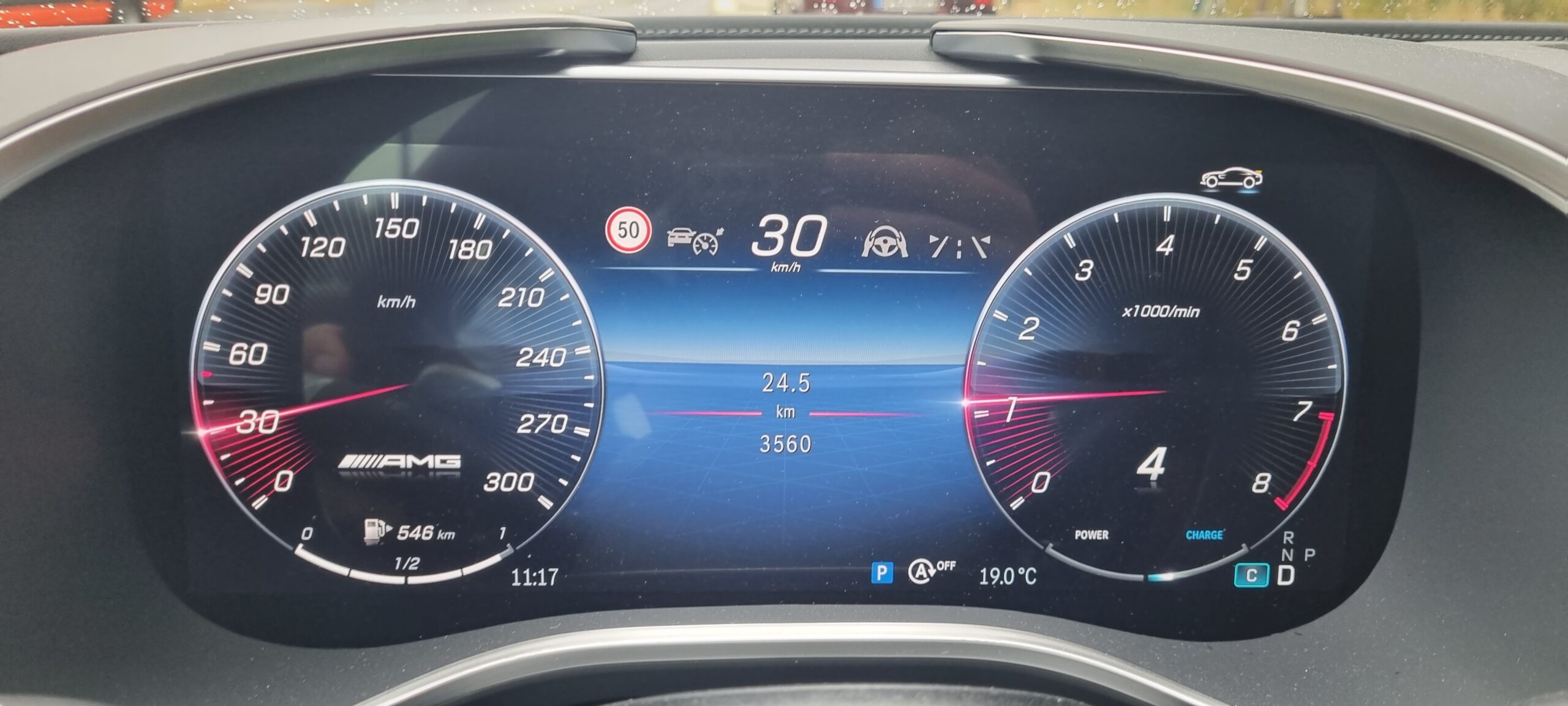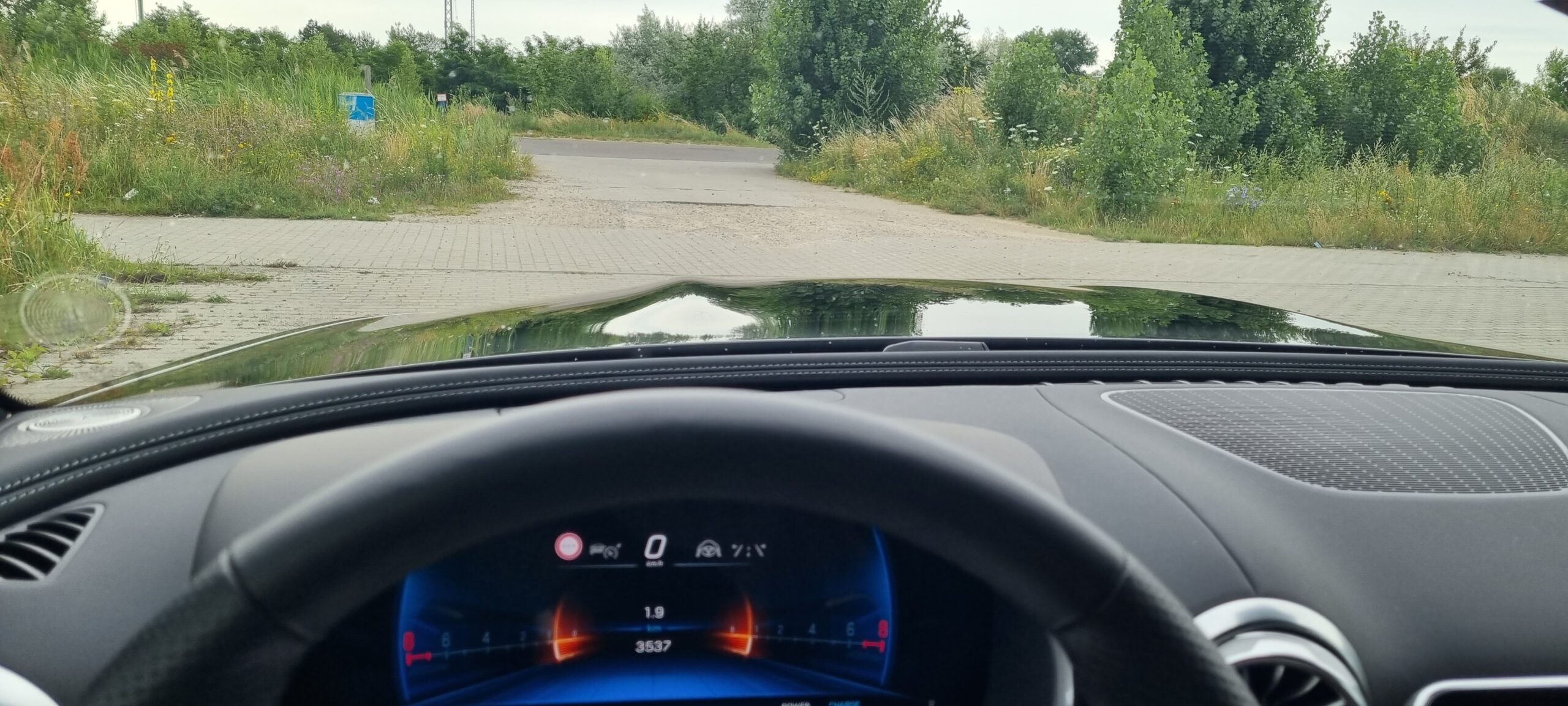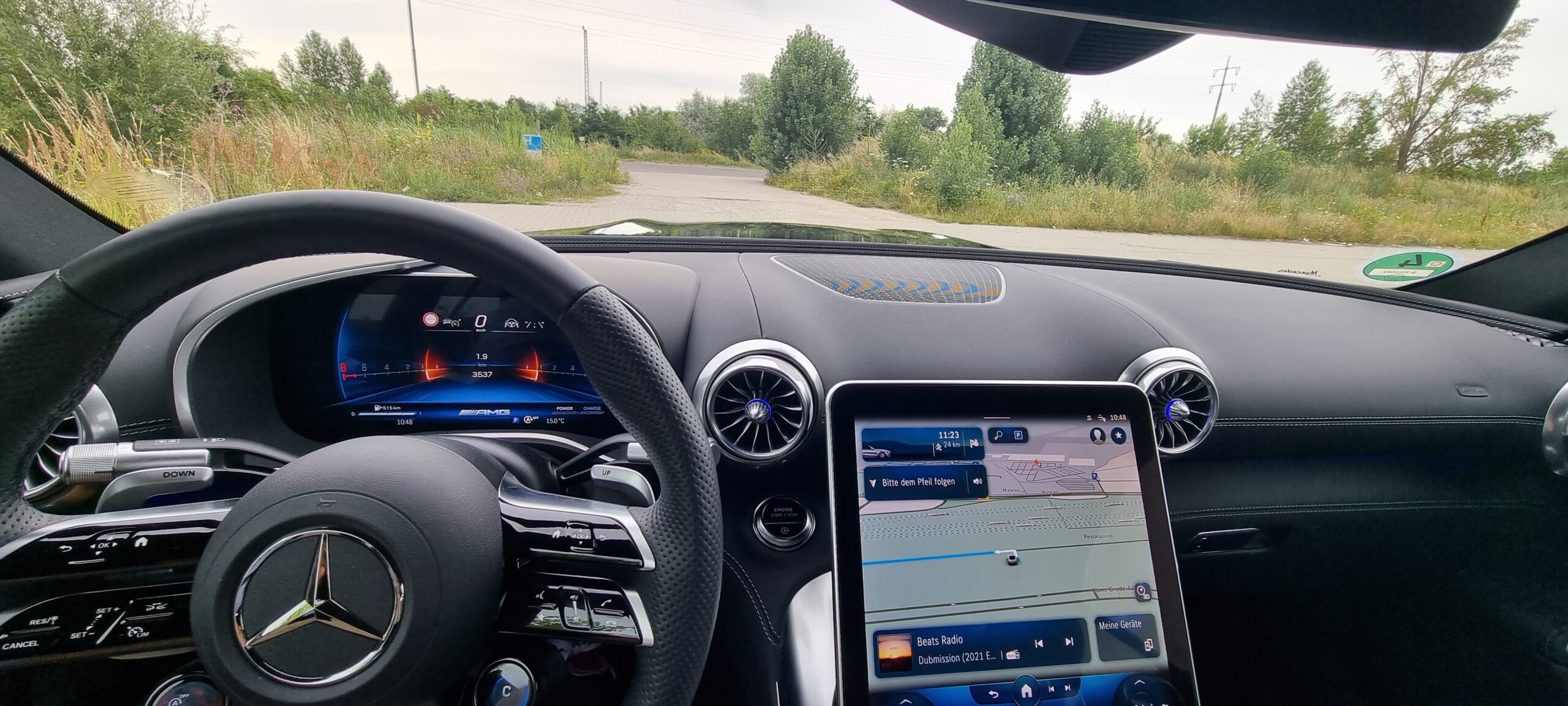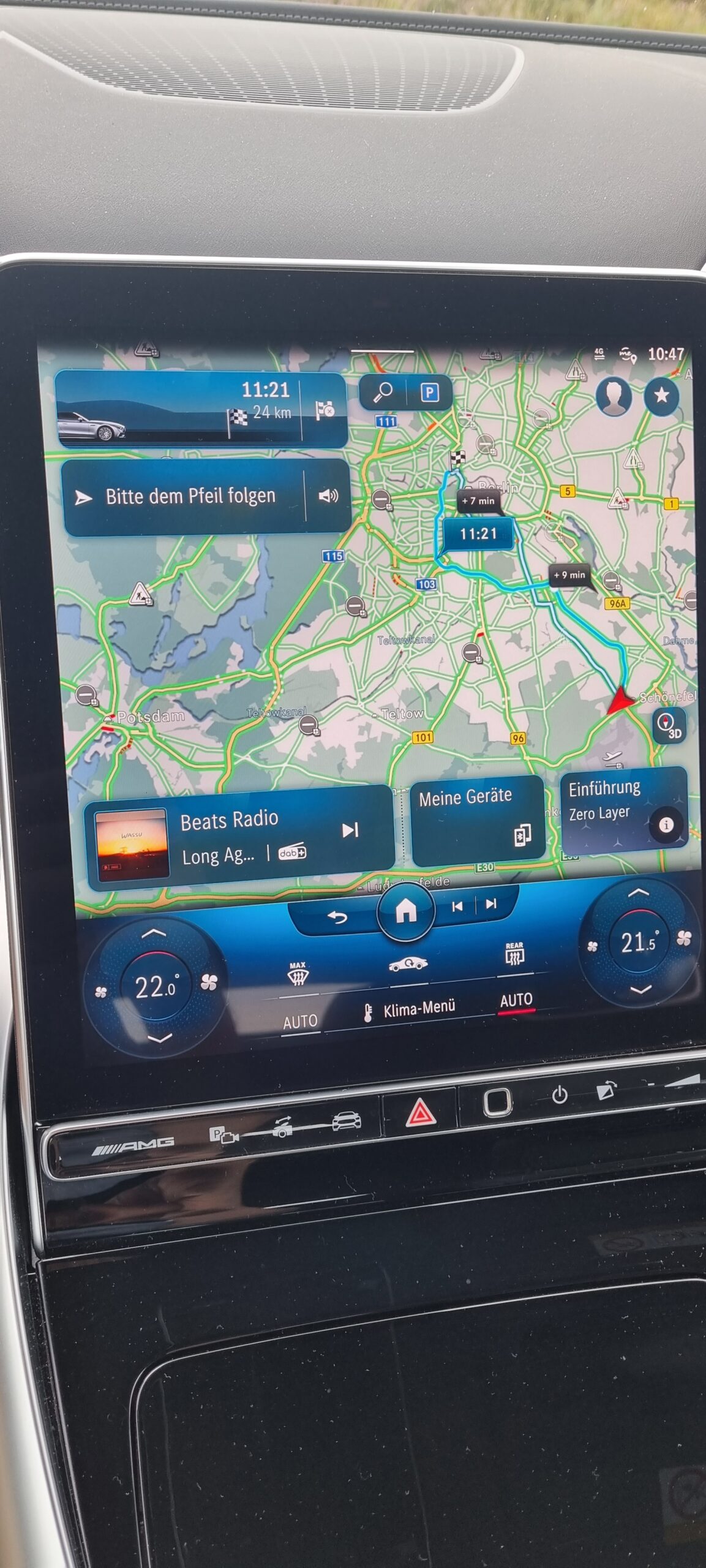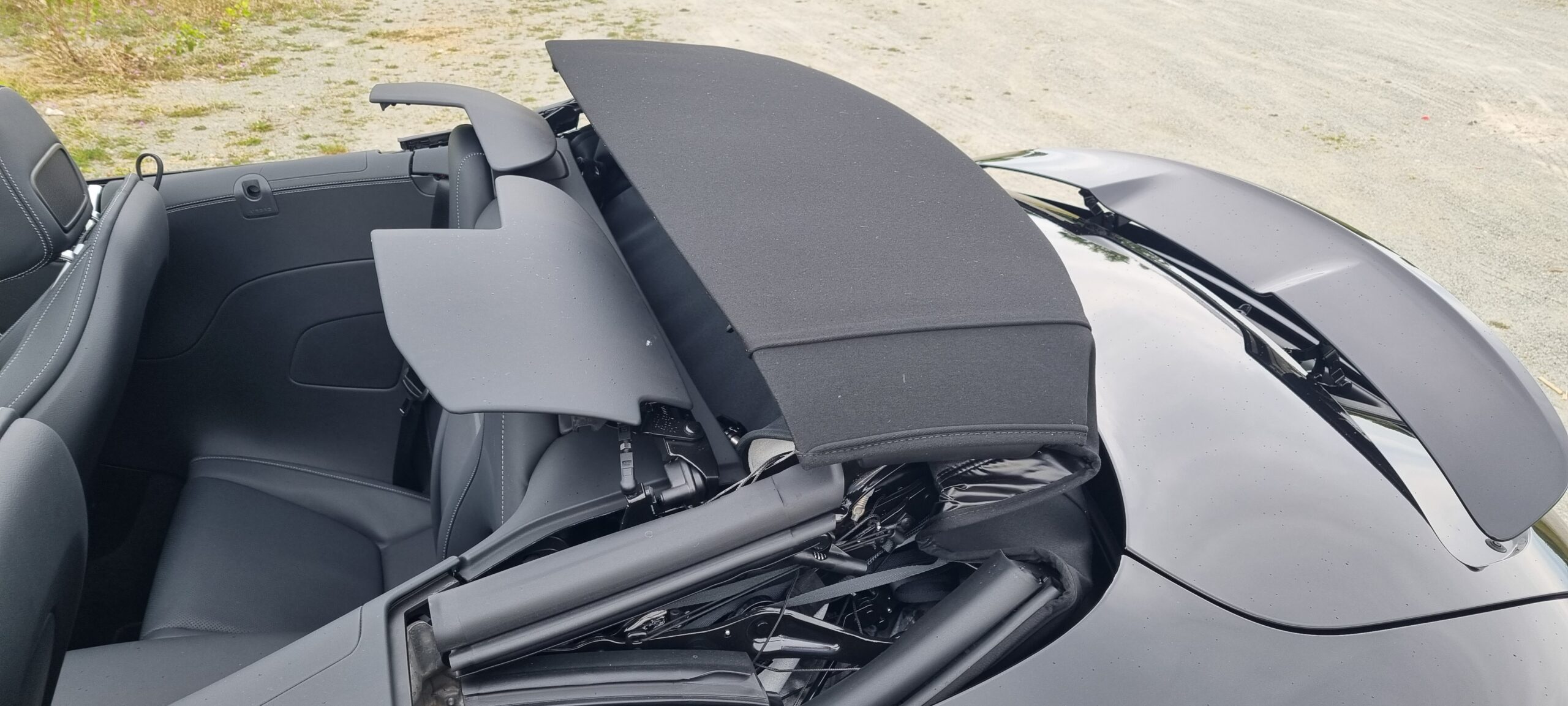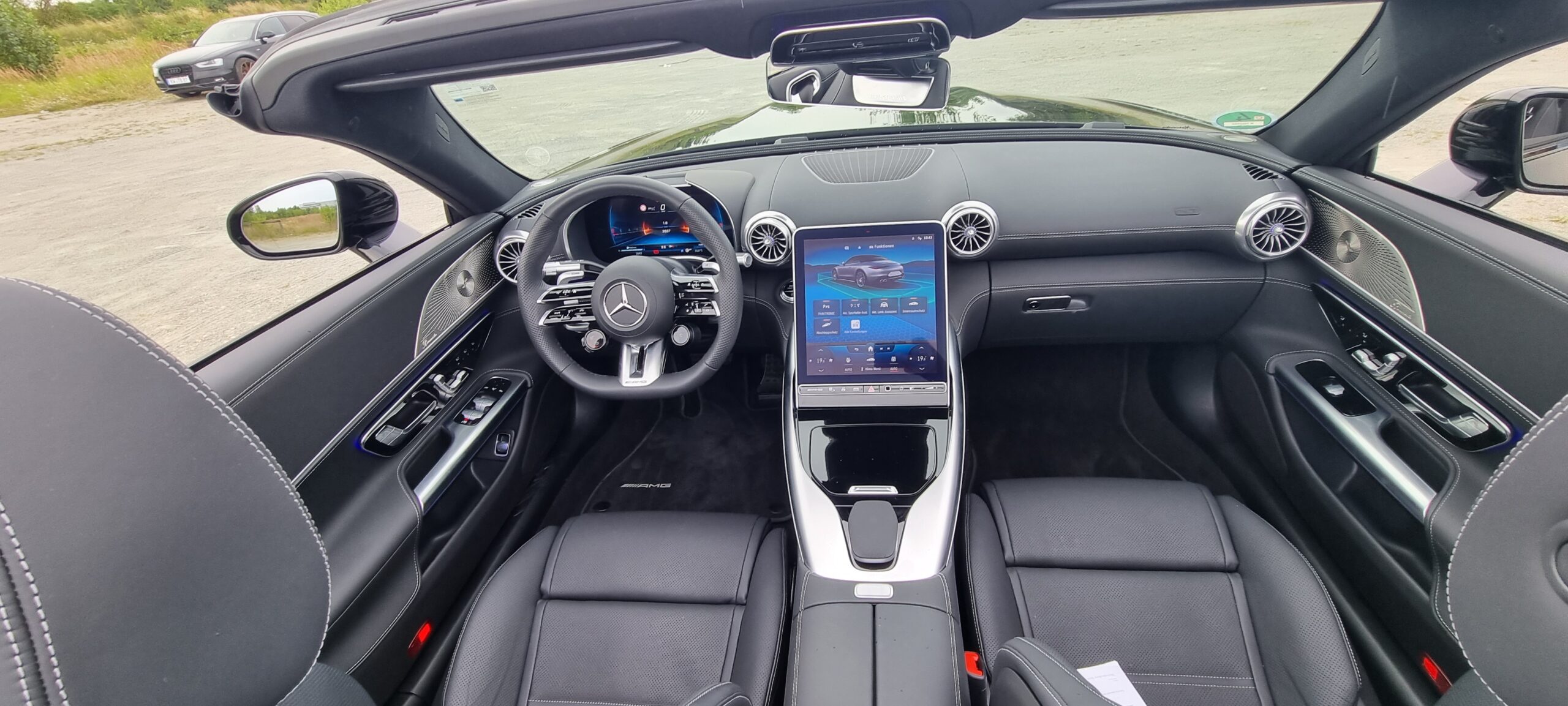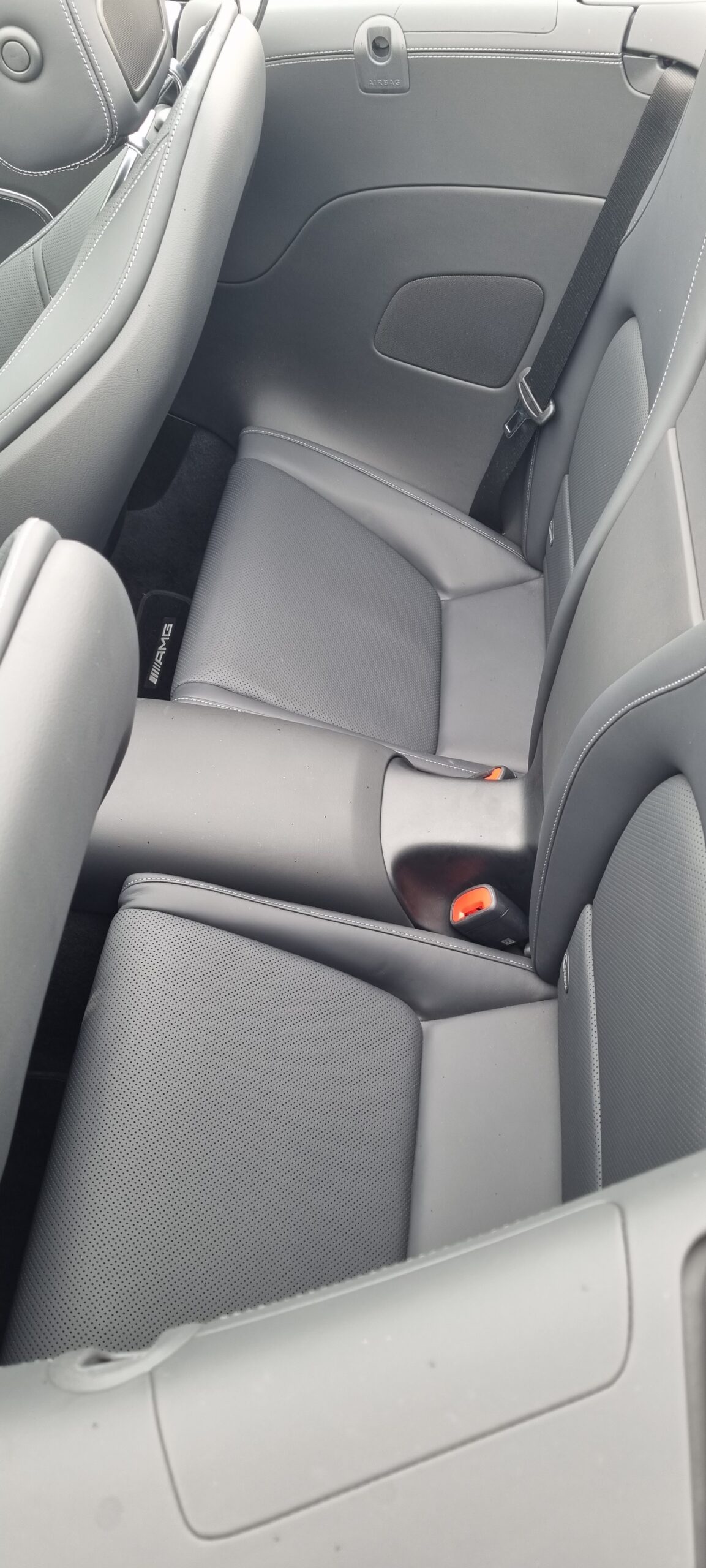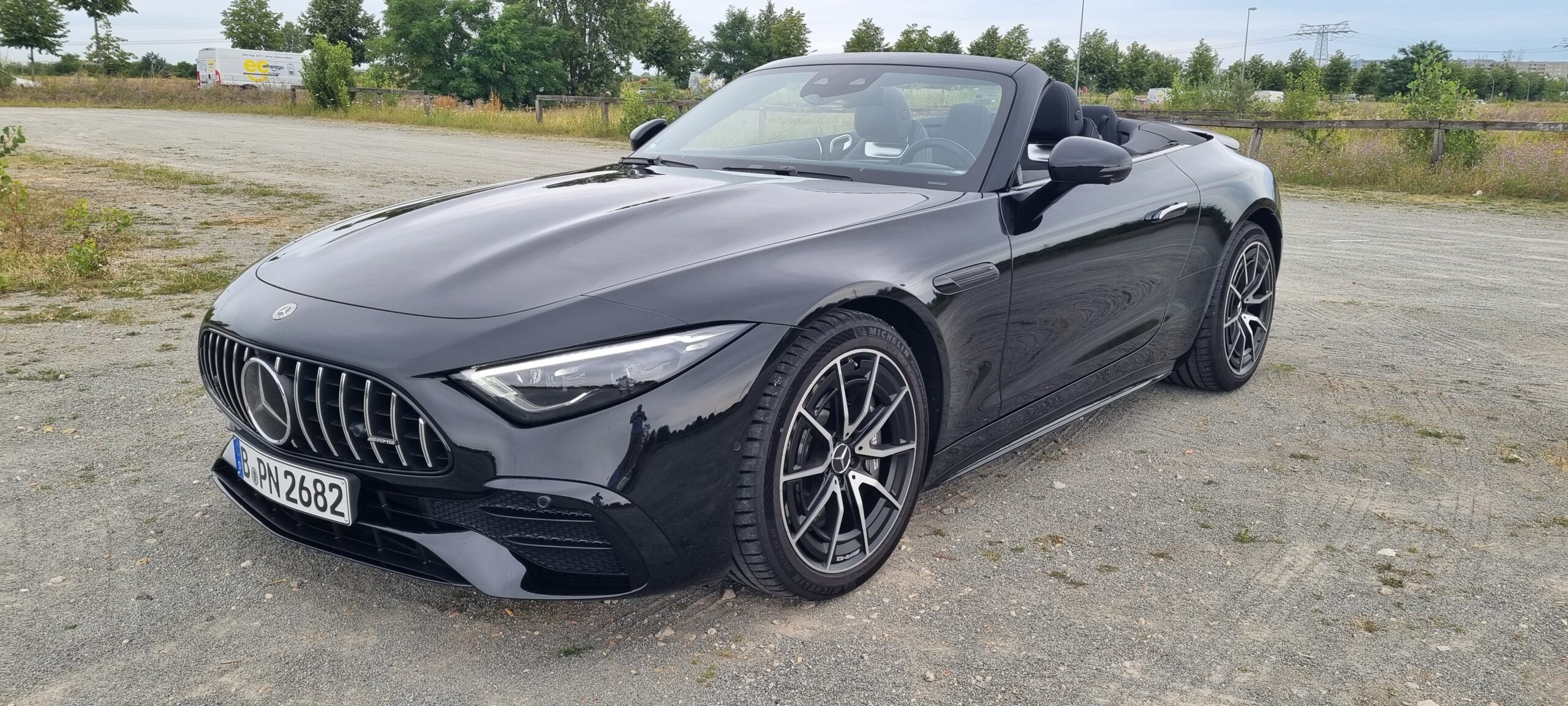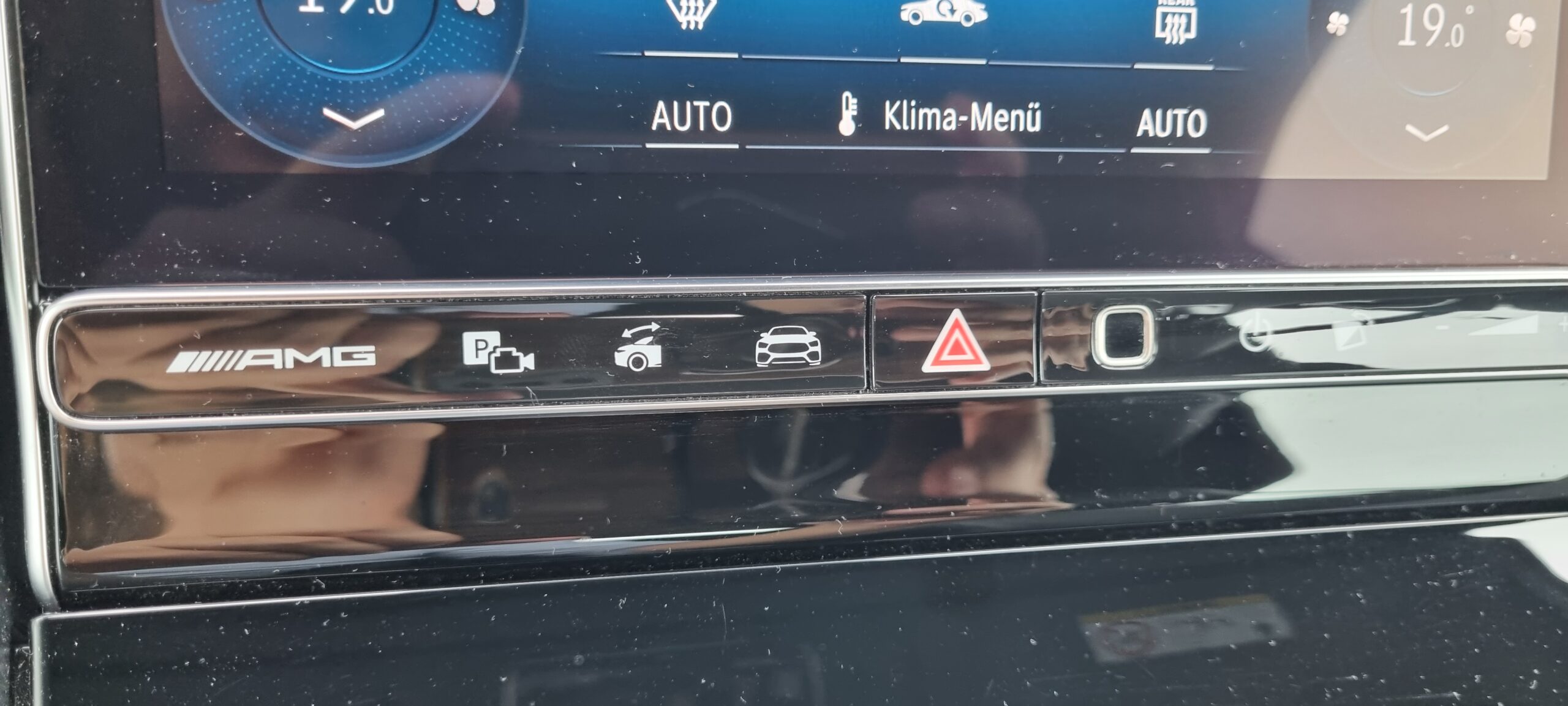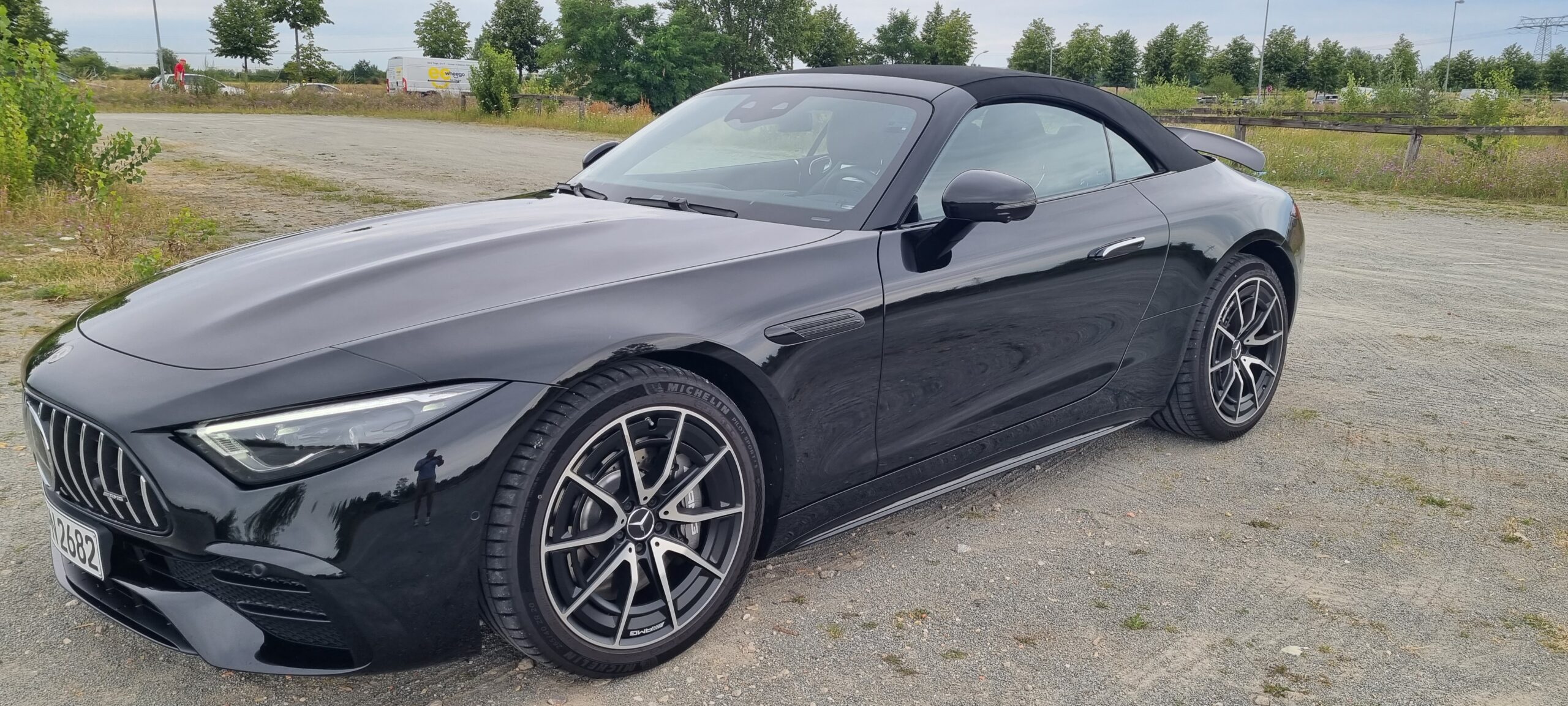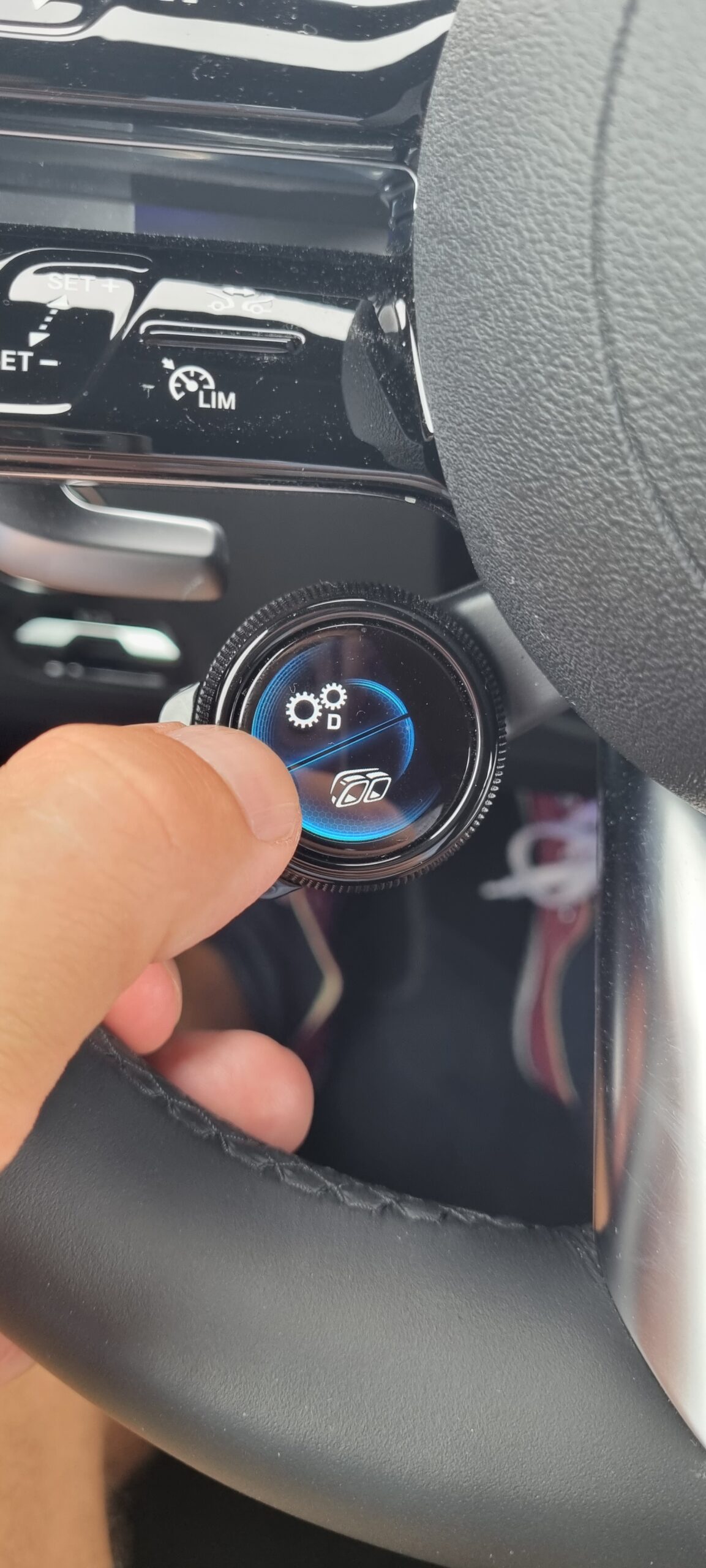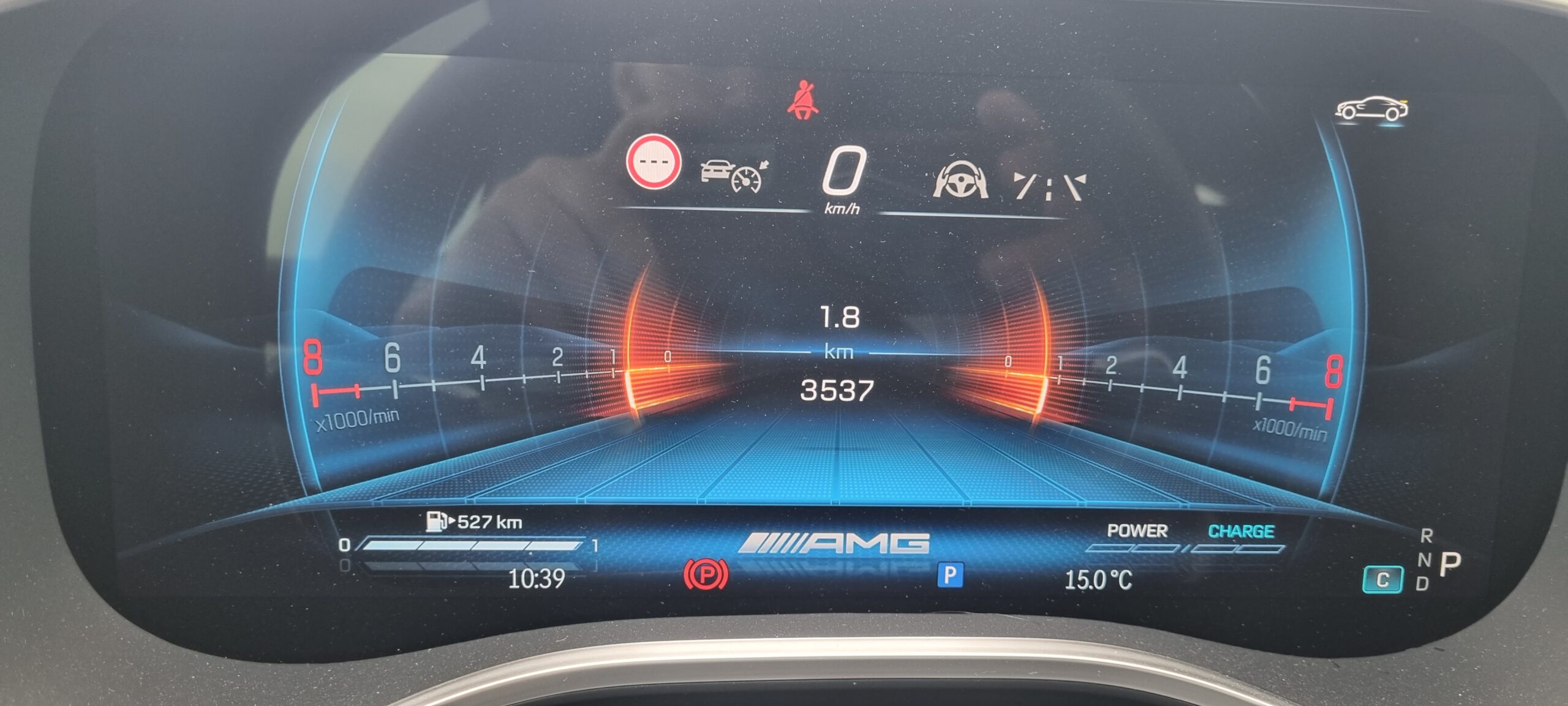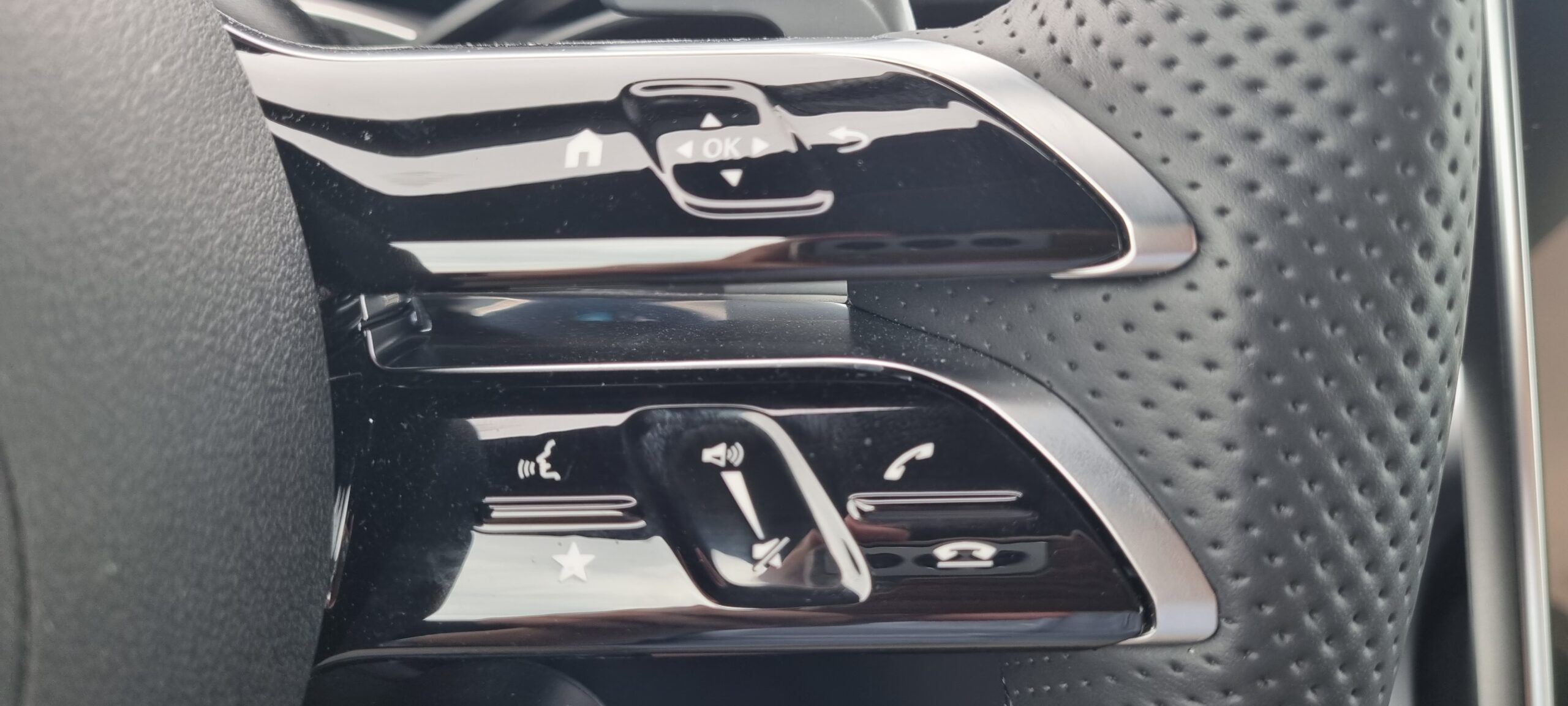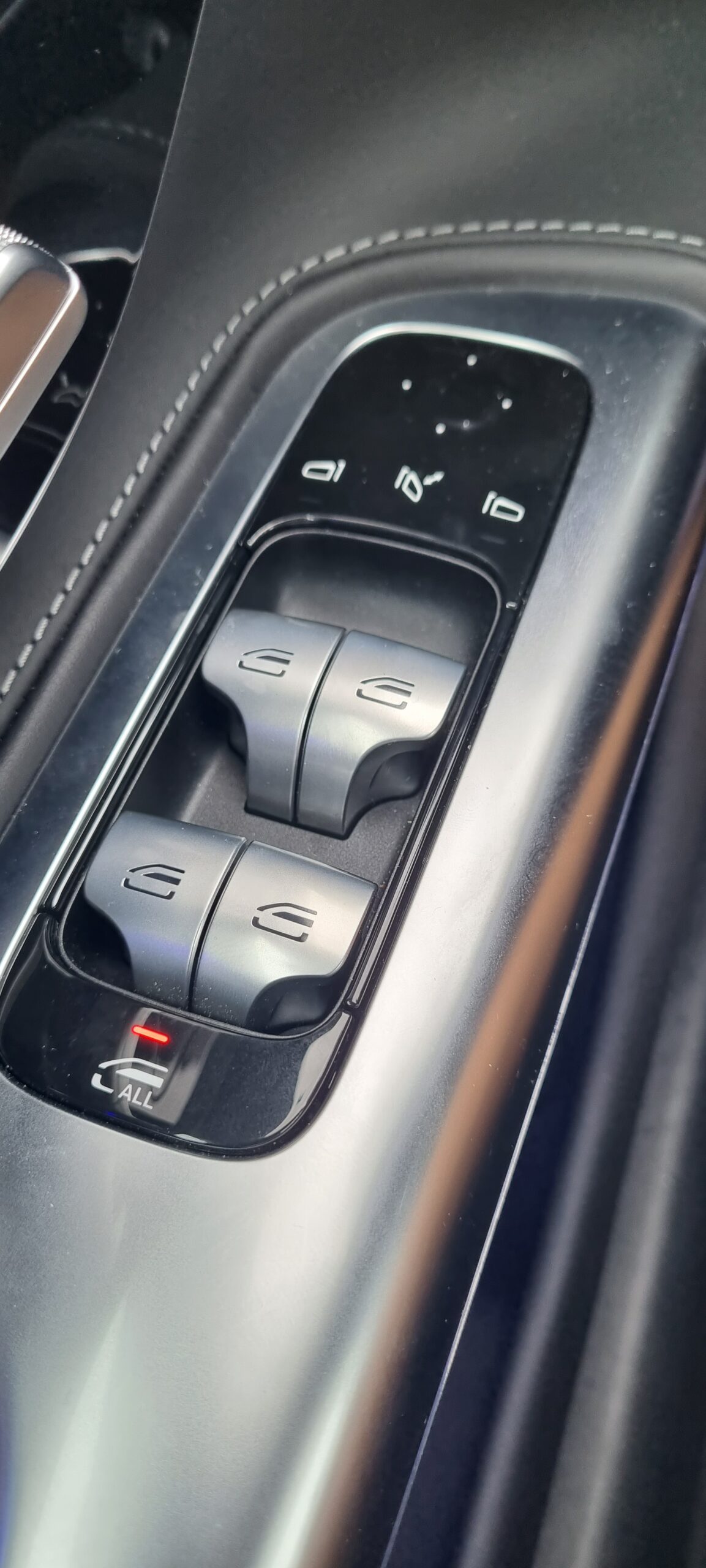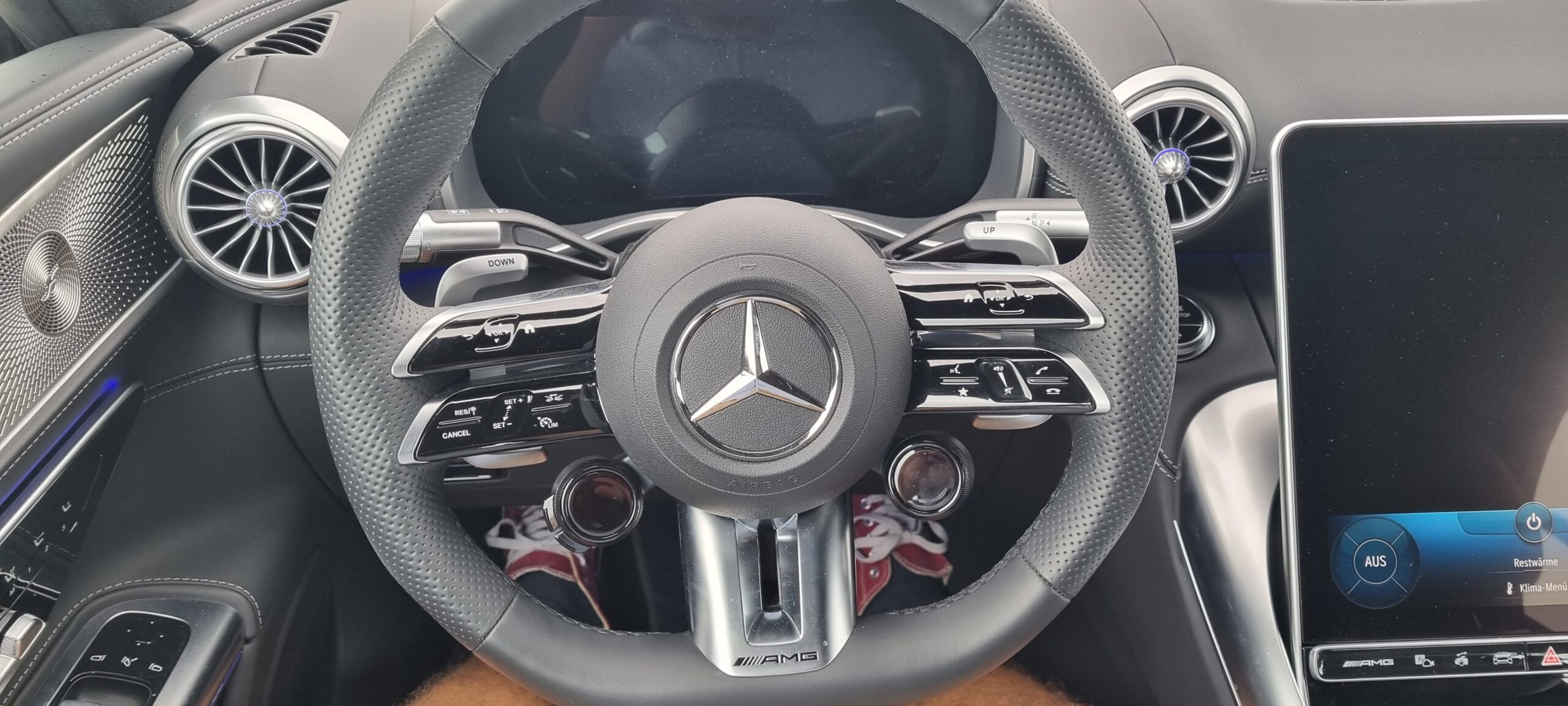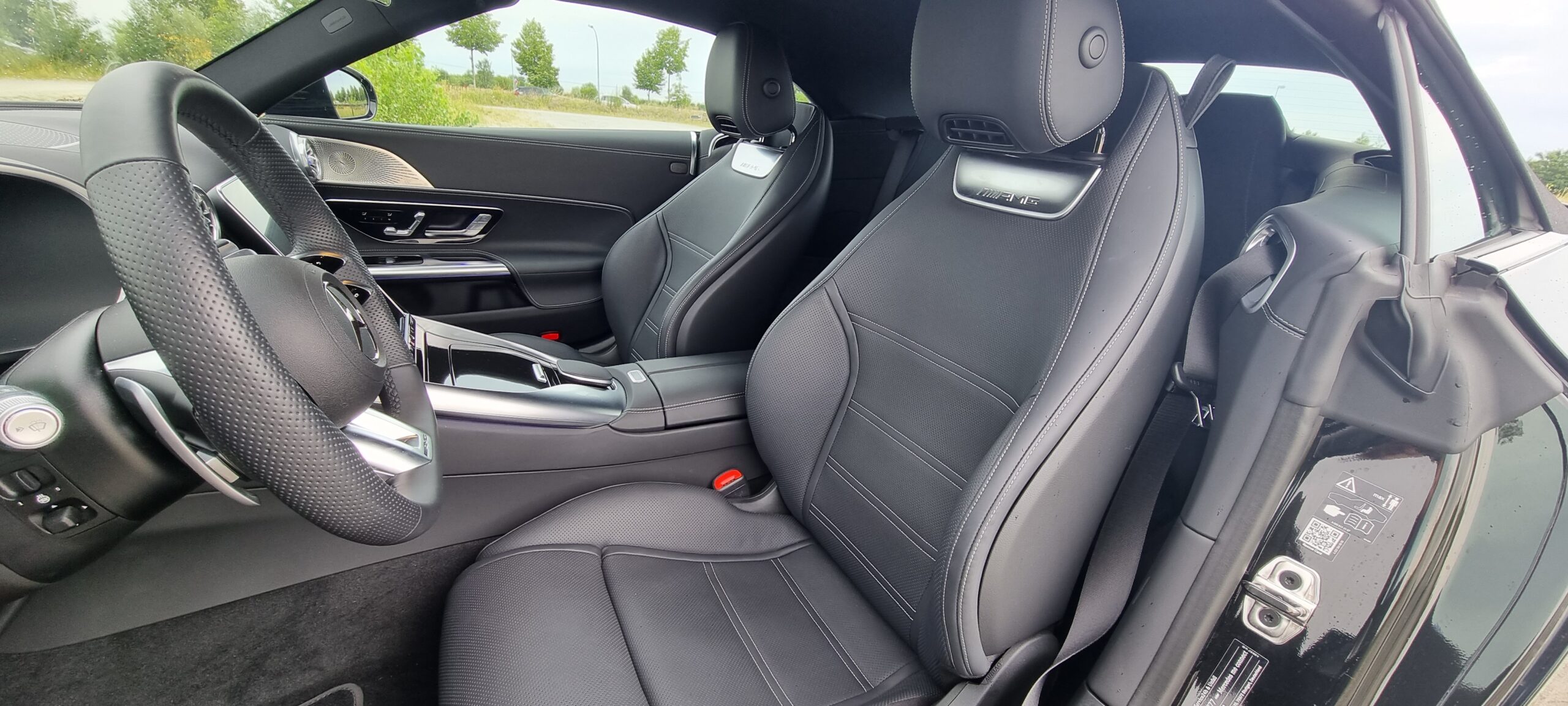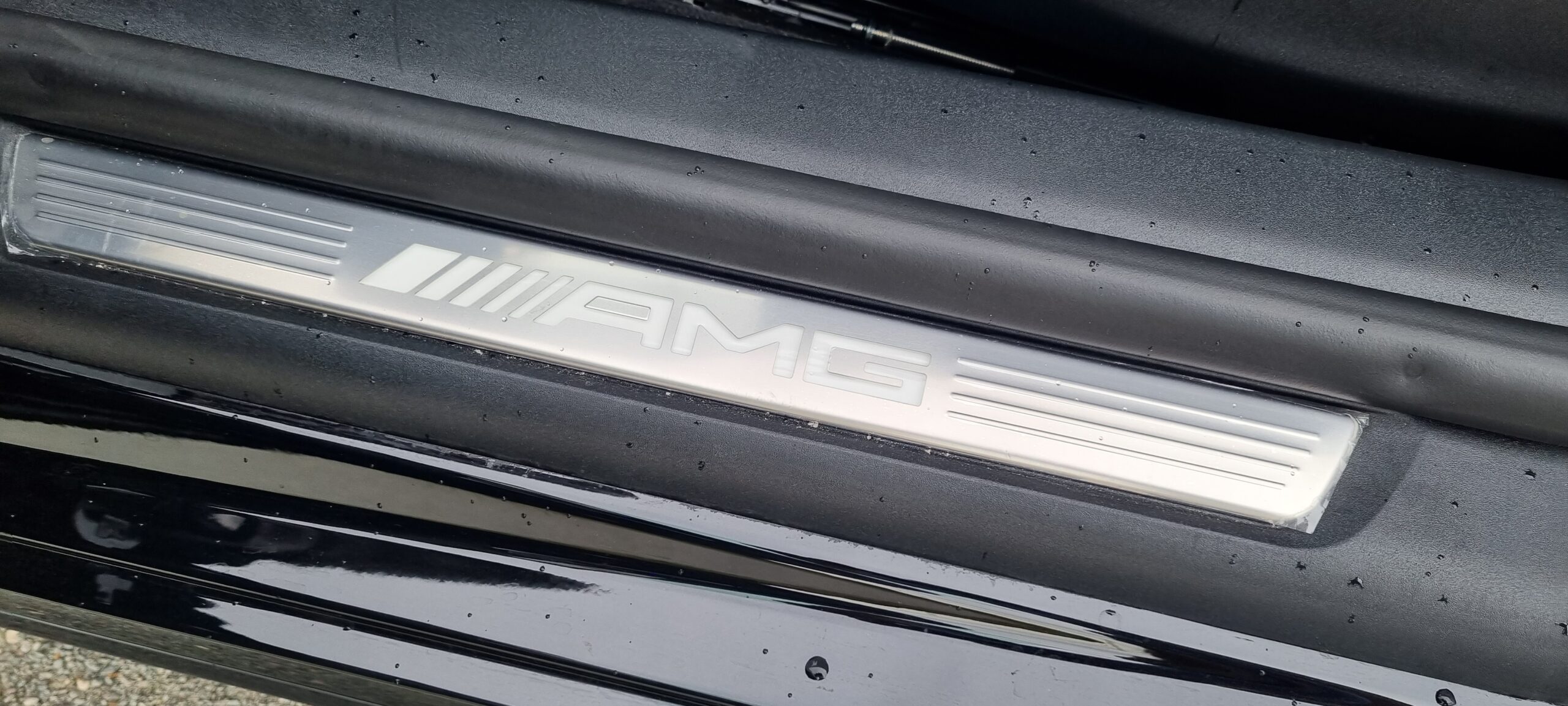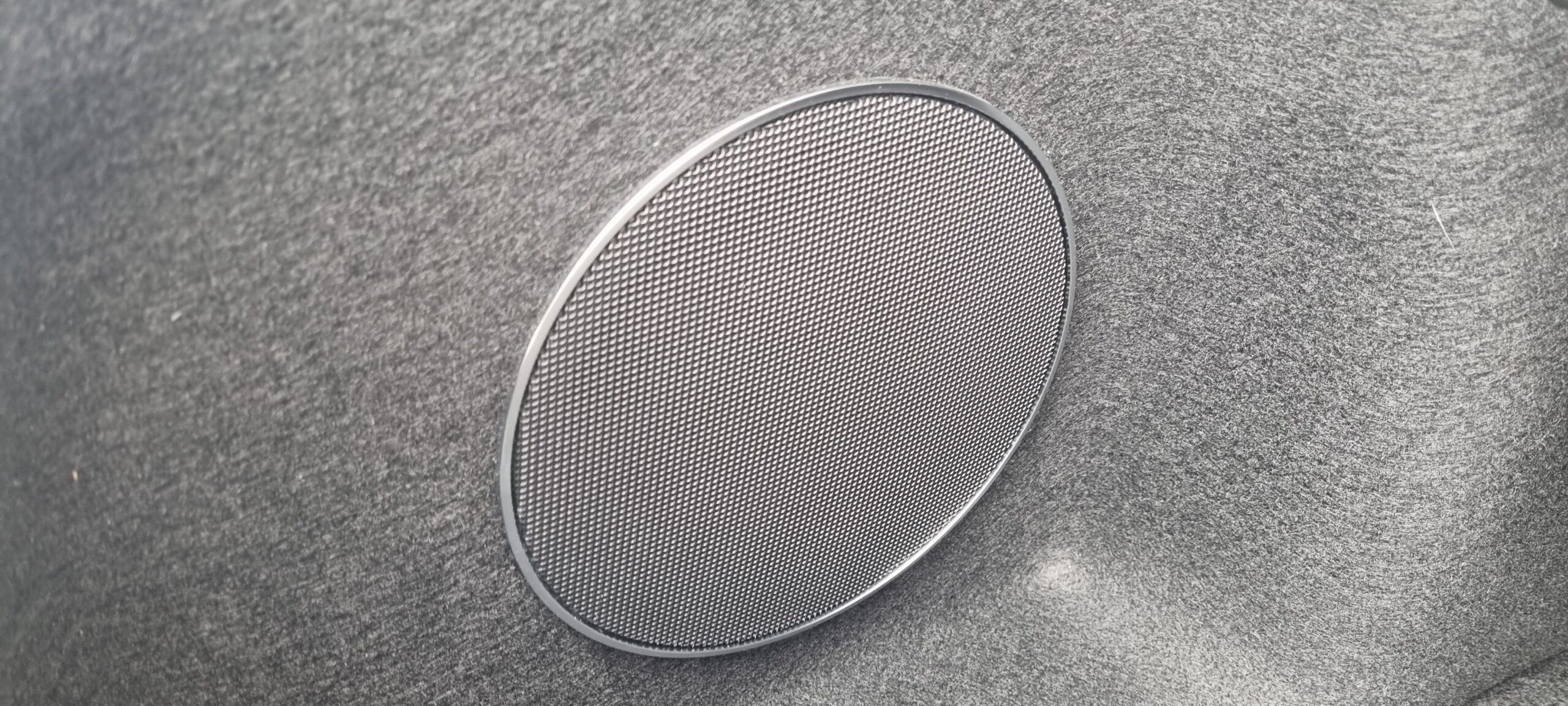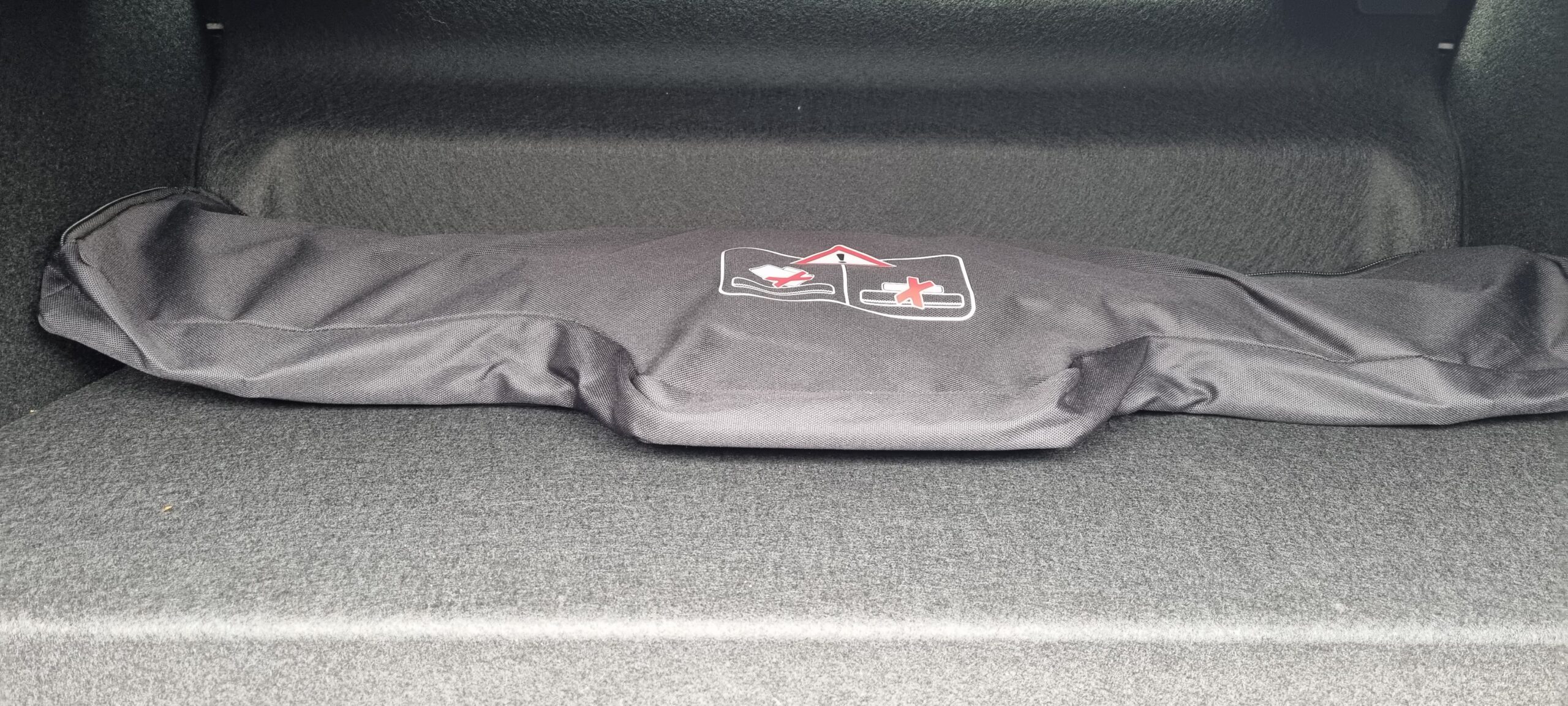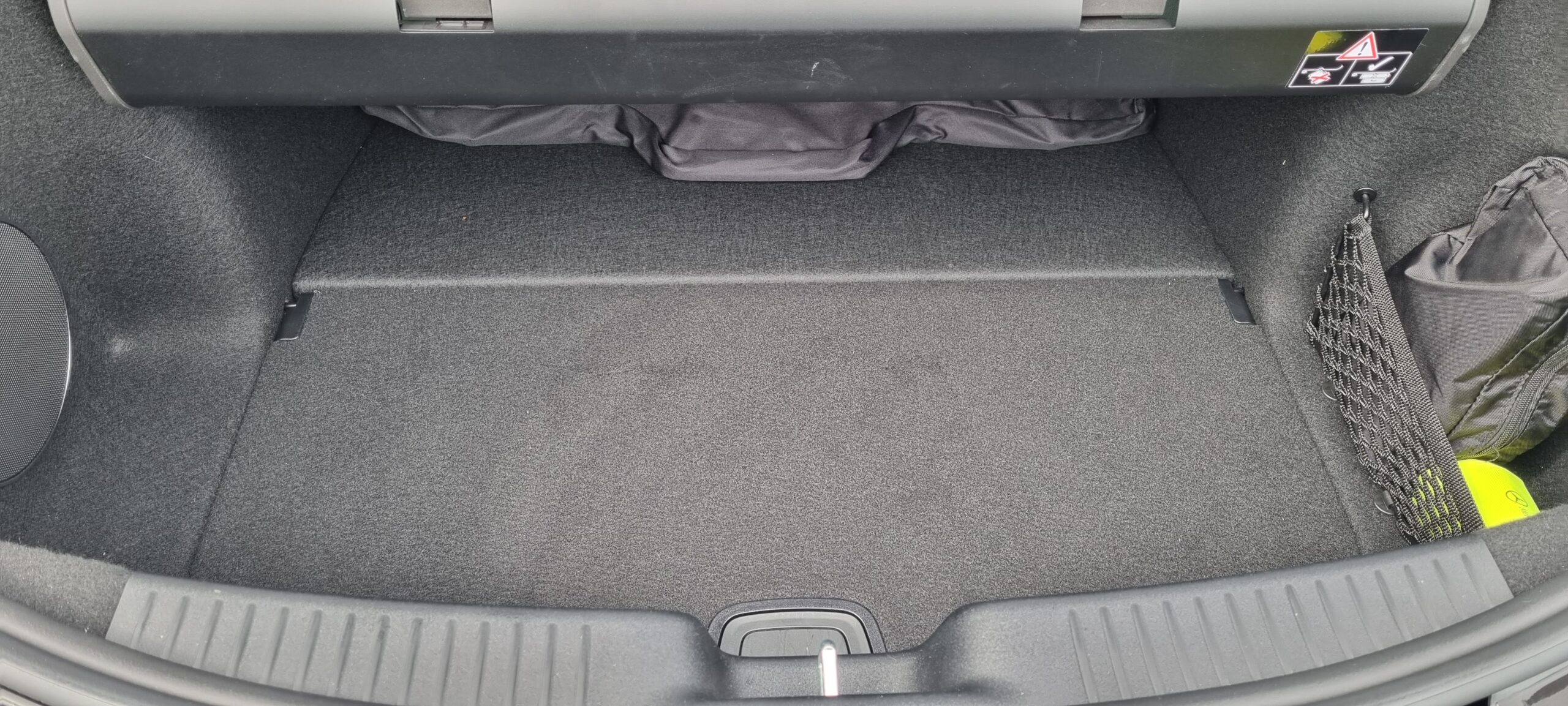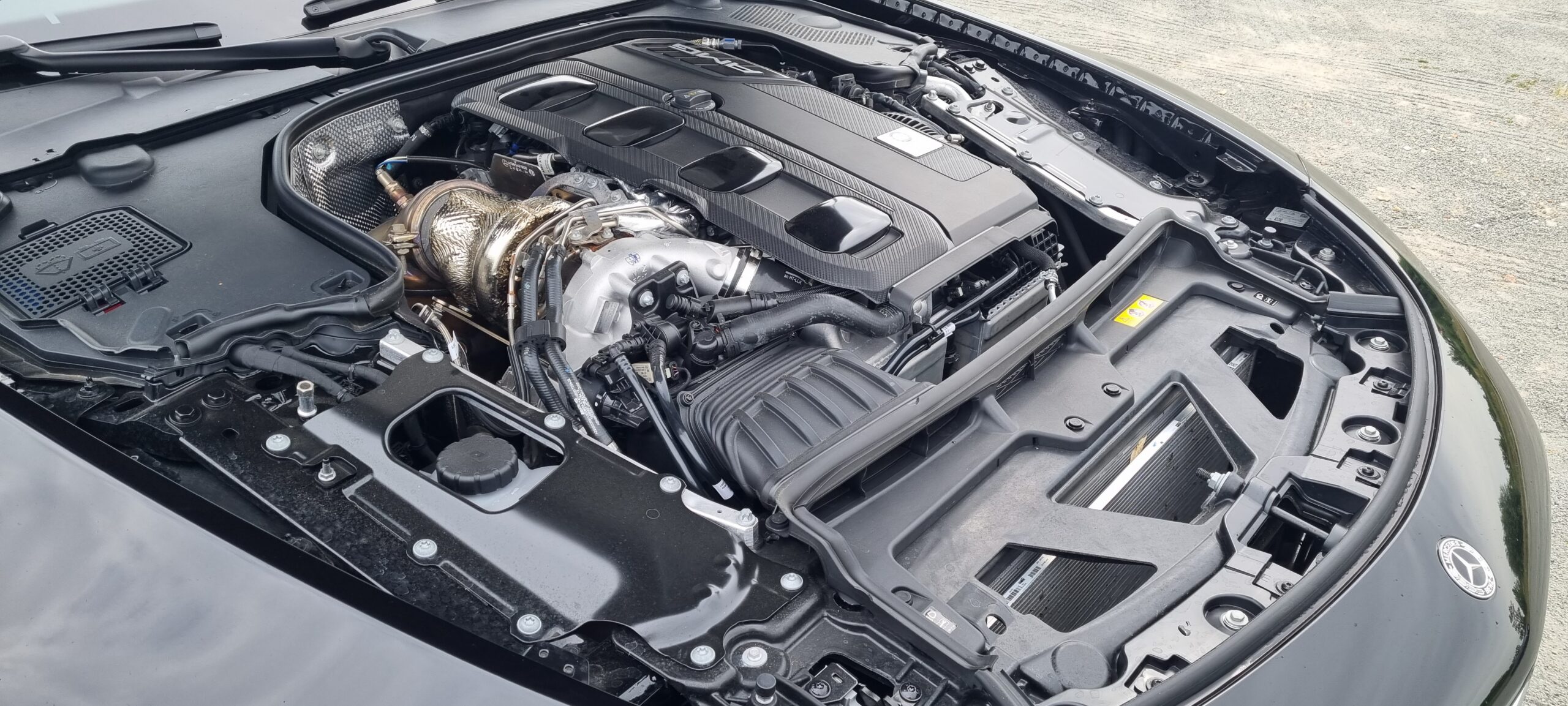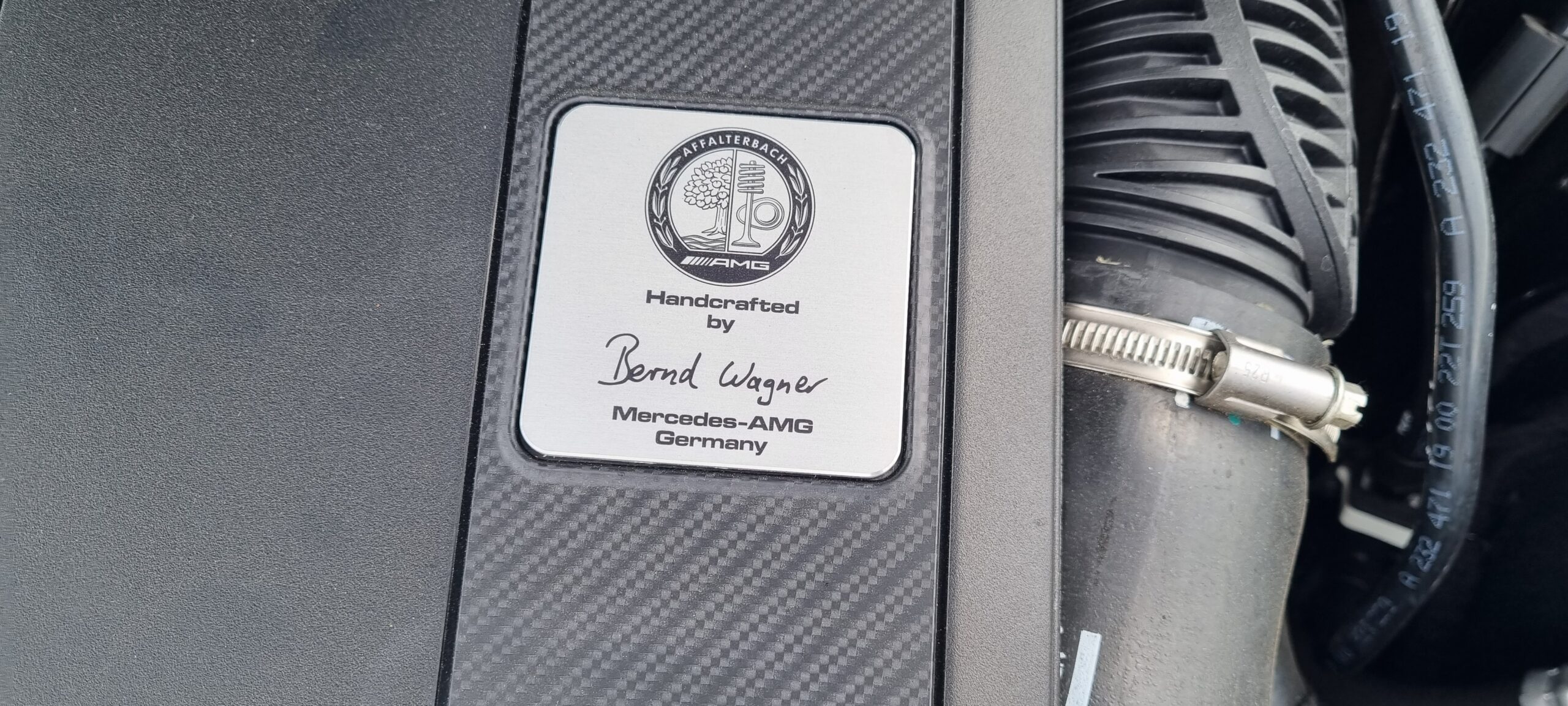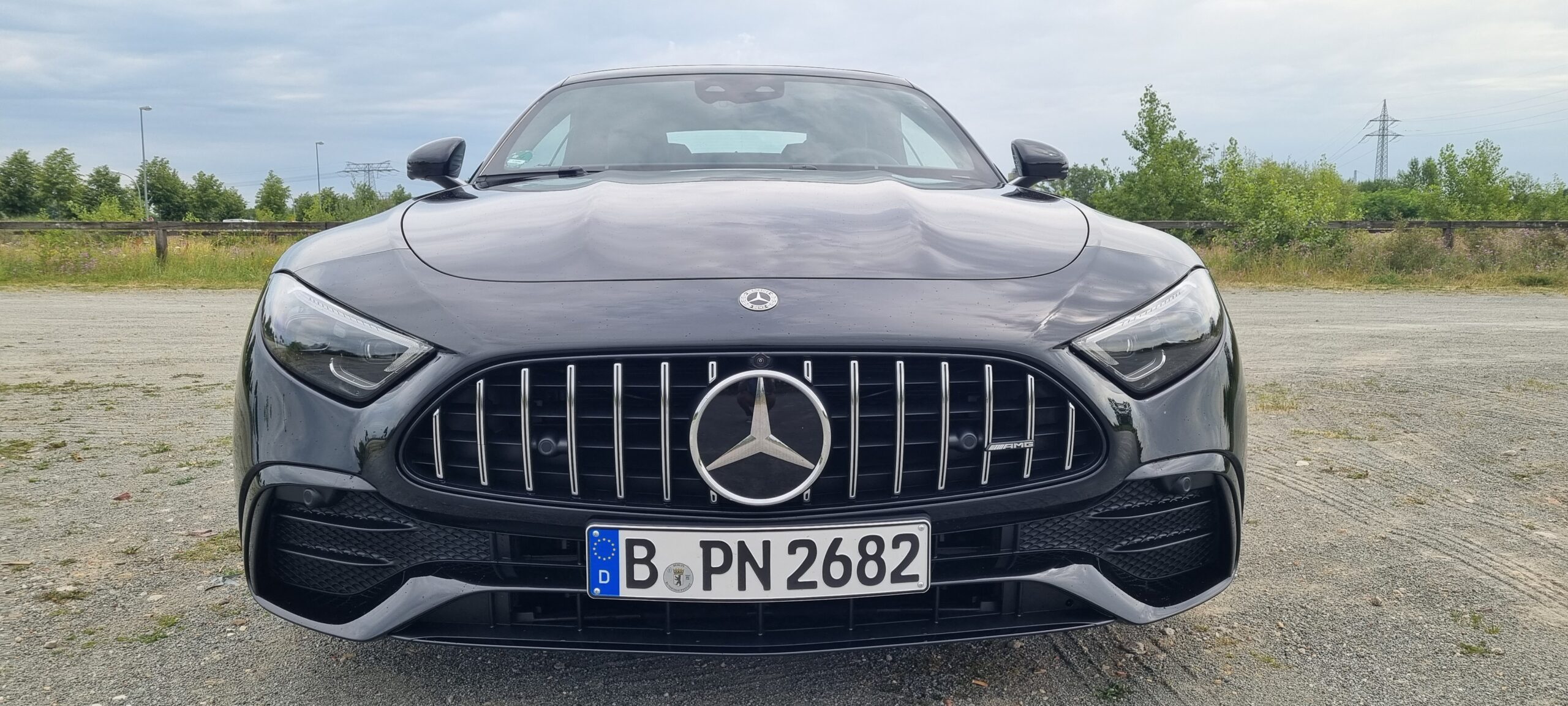Index:
Index
History
Design
Model overview
Driving characteristics
Cabriolet
Daily use
Trunk
Spare parts
Interior
Safty
Maintenance costs
Fuel Consumption
Engine layout
Engine
Transmission
Breaks
Suspension
Typical problems
Driving pleasure
Market offer
Rating
Technical card
POV Video
Night POV Video
Test Video
History
The Mercedes-Benz SL-Class is a grand touring car that has been manufactured by Mercedes-Benz since 1954. The designation SL derives from the German “Sportlich-Leicht” (Sport Lightweight). The original idea was suggested by American importer Max Hoffman, who perceived a market for a toned-down Gran Prix car tailored to affluent performance enthusiasts in the booming post-war American market.
Here’s a detailed history of the Mercedes-Benz SL-Class:
- 1950s: The 300 SL and 190 SL
- 1954-1963: W198 (300 SL)
- Introduced in 1954 as a two-seat coupé with distinctive gull-wing doors, it was later offered as an open roadster.
- It was the fastest production car of its day.
- 1955-1963: W121 (190 SL)
- Alongside the 300 SL was the 190 SL, a grand touring convertible which shared the 300 SL’s basic styling, engineering, detailing, and fully independent suspension, but with a less powerful four-cylinder engine.
- 1954-1963: W198 (300 SL)
- 1960s: The W113
- 1963-1971: W113 (230 SL, 250 SL, and 280 SL)
- Introduced at the 1963 Geneva Motor Show, the W113 was led by Paul Bracq and Béla Barényi.
- It featured a distinctive, patented, slightly concave hardtop, which inspired the “Pagoda” nickname.
- 1963-1971: W113 (230 SL, 250 SL, and 280 SL)
- 1970s to 1980s: The R107 and C107
- 1971-1989: R107 and C107
- The R107 took the chassis components of the midsize Mercedes-Benz W114 model and mated them initially to the M116 and M117 V8 engines used in the W108, W109, and W111 series.
- The C107 was the coupé version, introduced in 1974, known as the “SLC”.
- 1971-1989: R107 and C107
- 1980s to 2000s: The R129
- 1989-2001: R129
- The R129 was based on the shortened floorpan of the Mercedes-Benz W124 and featured many innovative details, including electronically controlled damping (Adaptive Damping System, ADS) and a hidden, automatically extending roll-over bar.
- 1989-2001: R129
- 2000s to 2010s: The R230
- 2001-2011: R230
- The R230 underwent revisions in 2006 and 2008, and was superseded by the new SL-Class R231 in 2011.
- 2001-2011: R230
- 2010s to Present: The R231
- 2012-present: R231
- Introduced in 2012, the R231 was a major redesign of the previous R230, featuring many new technological innovations and performance improvements.
- 2012-present: R231
The SL-Class has a rich history of innovation and performance, and it has been a flagship model for Mercedes-Benz for many decades. Each generation brought new advancements in technology, design, and performance, solidifying its place as a premier luxury sports car.
Design
- Design and Inspiration:
- The new Mercedes-AMG SL is described as sportier, more luxurious, and more attractive than ever before, embodying the enjoyment of a roadster without compromises.
- The SL tradition emphasizes that since its first appearance in the 1950s, the SL has been more than just a vehicle. It has always been an icon of its time, miles ahead of the ordinary. The new edition continues this tradition with sporty proportions and the return of the classic soft top.
- The interior of the Mercedes-AMG SL is characterized by perfect craftsmanship and innovative equipment. The design concept is based on “sensual clarity,” and the interior can be comprehensively adapted to personal tastes. The cockpit and soft top design are intuitive, with the four turbine-design air vents serving as a reminder of the SL’s history.
- AMG DNA:
- For the first time in its history, the SL was developed by Mercedes-AMG entirely in Affalterbach. The design combines highly dynamic driving characteristics with the trim expected from a luxury sedan. The vehicle also introduces the ultra-modern AMG Performance 4MATIC+ all-wheel drive.
- Individualization:
- The SL has been a symbol of car fascination, desirability, and uniqueness for decades. The new edition provides even more opportunities for personal expression. Every engine is unique and handcrafted in the Affalterbach motor works by just one person according to the “One man, one engine” principle.
Model overview
2023 Mercedes-AMG SL43 comes with the following engine specifications:
- Engine: Four-cylinder, 2.0-liter
- Output: 375 horsepower
- Torque: 354 pound-feet
- Acceleration: 0 to 60 mph in an estimated 4.8 seconds
- Top Speed: Electronically governed top speed of 170 mph
- Special Feature: The SL43 employs Formula 1-derived technology by being the first production model to feature an electric exhaust gas turbocharger. This F1-adapted tech comprises a 1.6-inch electric motor integrated onto the turbocharger shaft. Its role is to accelerate the compressor wheel before the exhaust gas flow kicks in, which boosts throttle response across the entire rpm bandwidth.
- Transmission: Sold by AMG only with rear-wheel drive and a nine-speed automatic transmission.
- Weight: European version weighs 1,810 kilograms (3,990 pounds).
The SL43 is designed with a unique front fascia and rear apron, distinguishing it from the V8-powered versions. It also features round exhaust tips. The vehicle comes standard with 19-inch wheels, but customers have the option to upgrade to larger 20- and 21-inch alloys.
he Mercedes-AMG SL offers also the following engine variations:
- Mercedes-AMG SL 55 4MATIC+:
- Displacement: 3,982 cc
- Output: 476 hp (350 kW) at 5,500-6,100 rpm
- Peak torque: 700 Nm at 2,000-4,500 rpm
- Mercedes-AMG SL 63 4MATIC+:
- Displacement: 3,982 cc
- Output: 585 hp (430 kW) at 5,500-6,500 rpm
- Peak torque: 800 Nm at 2,500-4,500 rpm
Driving characteristics
he 2023 Mercedes-AMG SL43 offers the following driving characteristics:
- Engine: The SL 43 is powered by the M139 longitudinally-mounted 2.0-litre turbocharged inline-four-cylinder engine, producing 280kW (375 hp) of power and 480Nm (354 lb-ft) of torque. This engine is similar to the one used in the AMG A45 hot hatch.
- Hybrid System: The SL 43 features a 48V mild-hybrid system that powers an electrically-controlled exhaust gas turbocharger, a small electric motor, and a belt-driven starter generator. This system can produce an additional 10kW for short durations.
- Performance: Mercedes-AMG claims the SL 43 can accelerate from 0-100km/h (0-62 mph) in 4.9 seconds. Its top speed is electronically limited to 275km/h (170 mph).
- Transmission: The SL 43 sends power to the rear wheels exclusively via a nine-speed AMG Speedshift dual-clutch transmission.
- Driving Modes: The vehicle offers five different driving modes: Slippery, Comfort, Sport, Sport+, and Individual. An additional Race mode is available if the optional AMG Dynamics Plus package is chosen.
- AMG Dynamics Plus Package: This optional package includes dynamic engine mounts, a limited-slip rear differential, a 10mm lower ride height, and yellow-painted AMG brake calipers.
- Braking System: The SL 43 is equipped with 390mm perforated brake discs at the front with six-piston calipers and 360mm perforated brake discs at the back with single-piston calipers.
- Suspension: The SL 43 features the AMG Ride Control steel suspension with aluminum shock absorbers and lightweight coil springs. Adaptive dampers are also available as an option.
- Aerodynamics: The vehicle has active louvres on the front air intakes to regulate engine temperature. Additionally, there’s an active spoiler integrated into the boot lid, which can be adjusted to five different positions.
- Rear-Axle Steering: Optionally available, this system can turn the rear wheels in the opposite direction to the fronts (up to 100km/h) to effectively reduce the wheelbase. At higher speeds, it turns them in the same direction for enhanced high-speed stability.
- Interior: The SL 43 features a 12.3-inch digital driver’s display and an 11.9-inch touchscreen infotainment system. The infotainment system includes AMG Performance and AMG Track Pace menus, Apple CarPlay, Android Auto, DAB+ digital radio, satellite navigation, and a voice assistant.
Cabriolet
The new-generation Mercedes-AMG SL roadster has opted for a fabric soft top instead of a metal hard top, which was used in the previous generations. The primary reasons for this change are:
- Weight Reduction: By using a fabric soft top, Mercedes-AMG was able to shave off 21kg (approximately 46 pounds) from the vehicle’s weight. This reduction in weight contributes to better performance, handling, and fuel efficiency.
- Tradition: The fabric soft top is a nod to the SL’s heritage. The original SL models were equipped with fabric roofs, so this design choice pays homage to the roadster’s iconic past.
- Space Efficiency: Fabric soft tops generally require less storage space when retracted compared to metal hard tops. This can lead to increased trunk space and a more compact roof storage compartment.
- Faster Operation: The fabric roof on the new SL roadster can open or close in just 15 seconds, and this operation can be performed at speeds as high as 60km/h (approximately 37 mph). This is typically faster than the operation of metal hard tops.
- Aesthetics: Some argue that a fabric roof offers a more classic and elegant look for a roadster, enhancing its overall aesthetic appeal.
- Flexibility in Design: Fabric roofs can offer more flexibility in terms of design and color options, allowing for greater customization.
While metal hard tops provide benefits like better insulation, increased security, and a coupe-like appearance when closed, the advantages of a fabric soft top aligned more closely with Mercedes-AMG’s vision for the new SL roadster.
The fabric roof can be operated electronically, but the review suggests that using the touchscreen’s sliding scale to control it might not be the most intuitive method.
Everyday use
The 2023 Mercedes-AMG SL43 is designed to be both a performance-oriented roadster and a luxury vehicle. Here’s an overview of its practicality for everyday use.
- Driving Dynamics: The SL43 offers a more traditional driving experience compared to its V8 siblings. It has rear-wheel drive, passive coil spring suspension, and lacks the four-wheel steering found in the more expensive models. This results in sharper, cleaner responses, especially given that it’s around 230kg lighter than the SL63.
- Ride Comfort: The SL43’s ride is described as less heavy-handed than the SL63, though it still feels firm on rougher roads. Older SL models might have offered a smoother ride, but the new SL43 maintains its composure even on imperfect surfaces.
- Interior: The interior quality is a mix, with some materials feeling premium while others seem cheaper. The digital instruments are user-friendly, but the central touchscreen might be positioned at an angle that some drivers find distracting.
- Roof Mechanism: The fabric roof can be operated electronically, but the review suggests that using the touchscreen’s sliding scale to control it might not be the most intuitive method.
- Engine Sound: The four-cylinder engine has a different character than the V8s, with a sound that might not be as thrilling to some enthusiasts. However, the augmented sound system provides a bassline that can enhance the auditory experience.
- Fuel Efficiency: While the SL43 claims 31mpg, it might offer closer to 20mpg when driven aggressively.
- Price: The SL43 is positioned as the entry-level model in the SL range, but with a starting price of 127.026,55 €, it’s still a significant investment.
the 2023 Mercedes-AMG SL43 offers a blend of performance and luxury that makes it suitable for everyday use. Its rear-wheel-drive setup and lighter weight give it a distinct driving character compared to its V8 siblings. While it might not have the raw power of the V8 models, it offers a more refined and balanced driving experience. However, potential buyers should be aware of its firm ride and consider the practical implications of its two-seat configuration and limited storage space.
Trunk
The SL-class has transitioned from the previous generation’s folding hardtop to a fabric roof in the new model. This change was made to save weight and maximize cargo space. However, the exact trunk volume is not explicitly mentioned in the provided content. It’s worth noting that while the fabric roof does offer some advantages in terms of space efficiency, the trunk of a convertible, especially a sporty one like the SL43, is typically more limited than that of a sedan or coupe.
Mercedes-AMG SL43, being a versatile and contemporary roadster, offers a trunk space of up to 240 litres. This capacity ensures that the vehicle is equipped for various eventualities, making it suitable for both short trips and longer journeys where luggage space is essential.
Spare Parts
Availability of Spare Parts:
- Widespread Availability: Given that Mercedes-Benz is a globally renowned brand with a vast network, spare parts for their vehicles, including the AMG lineup, are generally available in most parts of the world.
- OEM and Aftermarket Options: Original Equipment Manufacturer (OEM) parts are readily available through authorized Mercedes-Benz dealerships. Additionally, there are aftermarket parts available, which might offer a wider range of price points and performance characteristics.
- Specialized Parts: While common parts (like filters, brake pads, etc.) are widely available, some specialized or performance-specific parts for AMG models might be available only through certain channels or might require a waiting period.
Cost of Spare Parts:
- Premium Segment: Mercedes-AMG is a luxury performance brand, so its parts are typically more expensive than those of mainstream brands. The premium is for the brand, quality assurance, and performance characteristics.
- Variability: The cost can vary based on the specific part. For instance, a specialized turbocharger for an AMG model will be significantly more expensive than standard maintenance parts.
- Import Costs: In regions where Mercedes-Benz doesn’t have manufacturing facilities, parts might need to be imported, adding customs duties and import taxes to the cost.
- Aftermarket Options: While OEM parts from Mercedes-Benz might be on the pricier side, aftermarket options could offer a range of prices. However, quality and compatibility can vary, so it’s essential to choose reputable aftermarket suppliers.
General Tendency for Spare Parts:
- Availability: High, especially in regions with a strong Mercedes-Benz presence. However, specialized or performance-specific parts might require some waiting time.
- Cost: Generally on the higher side, reflecting the vehicle’s luxury and performance pedigree. However, there’s variability based on the part in question and whether one is opting for OEM or aftermarket options.
Owners of luxury performance vehicles like the Mercedes-AMG SL43 should always ensure they’re getting genuine or high-quality parts, especially if the vehicle is still under warranty, to maintain its performance and resale value.
Interior
Interior Quality:
- High Standards: Mercedes-AMG is known for its meticulous attention to detail and high-quality interiors. The craftsmanship is typically top-notch, with a focus on both aesthetics and functionality.
- Advanced Technology: The SL43, being a modern Mercedes-AMG model, is likely to feature the latest in infotainment and driver-assist technologies, seamlessly integrated into the interior design.
Materials Used:
- Leather: Mercedes-AMG vehicles often feature premium leather upholstery, which is both durable and luxurious to the touch.
- Metal Accents: Brushed aluminum or other metal accents are commonly used in the interior for elements like the dashboard, center console, and door handles.
- Wood Veneers: Some models might offer polished wood veneers as an option for added luxury and a classic touch.
- Carbon Fiber: Given the performance orientation of AMG models, carbon fiber trims might be available, especially in areas like the center console or dashboard, to emphasize the sporty character of the car.
- Soft-touch Materials: Areas like the dashboard, door panels, and center armrest are likely to be covered in soft-touch materials for enhanced comfort.
- Space Concept: The interior of the Mercedes-AMG SL is characterized by perfect craftsmanship and innovative equipment. It offers a sporty, low seating position in the front and two additional rear seats with fixed backrests.
- Cockpit and Soft Top: The vehicle features four turbine-design air vents that are reminiscent of the SL’s history. It also comes with an 11.9-inch central display, a 12.3-inch driver’s display, and the touch control panels of the AMG performance steering wheel.
The interior quality is a mix, with some materials feeling premium while others seem cheaper. The digital instruments are user-friendly, but the central touchscreen might be positioned at an angle that some drivers find distracting.
Safty
Safety Features:
- Advanced Driver Assistance Systems (ADAS): Mercedes-AMG vehicles typically come equipped with a suite of advanced safety features, including adaptive cruise control, lane departure warning, lane-keeping assist, and automatic emergency braking.
- Airbags: Multiple airbags, including front, side, and curtain airbags, are standard to protect occupants in the event of a collision.
- Stability and Traction Control: These systems help maintain control of the vehicle in challenging driving conditions.
- Blind Spot Monitoring: This feature alerts the driver to vehicles in their blind spots, enhancing safety during lane changes.
- Rearview Camera and Parking Sensors: These assist in safe parking and maneuvering in tight spaces.
- Attention Assist: A system that monitors the driver’s behavior to detect signs of drowsiness or inattention and provides alerts.
Maintenance Costs
Maintenance Costs:
- Higher than Average: Mercedes-AMG vehicles, being luxury performance cars, typically have maintenance costs that are higher than mainstream brands. This is due to the use of premium parts, specialized equipment, and the expertise required for servicing.
- Routine Maintenance: Regular services such as oil changes, brake pad replacements, and tire rotations might be on the pricier side due to the use of high-quality materials and parts.
- Warranty: New vehicles often come with a warranty that covers certain maintenance and repair costs for a specified period or mileage.
Insurance Costs:
- Premium Segment: Insurance for luxury performance vehicles like the Mercedes-AMG SL43 is typically higher than for non-luxury cars. Factors influencing the cost include the vehicle’s value, performance capabilities, and repair costs.
- Safety Features: Modern vehicles, including the SL43, come equipped with advanced safety features, which can sometimes help in reducing insurance premiums.
General Upkeep:
- Fuel Efficiency: Performance vehicles like the SL43 might have lower fuel efficiency compared to economy cars, leading to higher fuel costs.
- Tire and Brake Wear: High-performance vehicles tend to wear out tires and brakes faster, especially if driven aggressively.
- Depreciation: Luxury vehicles can experience significant depreciation in the first few years, though this varies based on factors like brand reputation, demand, and overall vehicle condition.
Fuel Consumptions
Mercedes-AMG vehicles, especially performance-oriented models like the SL43, are designed to deliver high performance, which can sometimes come at the cost of fuel efficiency. However, modern AMG models often incorporate advanced engine technologies and lightweight materials to optimize fuel consumption without compromising performance.
While I cannot provide the exact fuel consumption figures for the 2023 Mercedes-AMG SL43 at this moment, it’s worth noting that such figures can vary based on factors like driving conditions, driving habits, and the specific configuration of the vehicle.
For precise details about the 2023 Mercedes-AMG SL43’s fuel consumption, it would be recommended to reach out to an official Mercedes-Benz dealer, consult the vehicle’s official documentation, or refer to reputable automotive publications and reviews.
8,9 l/100km or 26,4 MPG
Motor Layout
The 2023 Mercedes-AMG SL43 features a front-engine layout, which is typical for the SL series. With the engine positioned at the front, it allows for a balanced weight distribution, ensuring stability and improved handling.
The rear-wheel-drive configuration, combined with rear-axle steering, offers enhanced agility and precision, especially during cornering. Rear-axle steering is a technology where the rear wheels turn in the opposite direction to the front wheels at low speeds (up to around 100 km/h in this case) to improve maneuverability. At higher speeds, the rear wheels turn in the same direction as the front wheels, improving stability.
This combination of front-engine, rear-wheel drive, and rear-axle steering ensures that the Mercedes-AMG SL43 delivers a dynamic and responsive driving experience, living up to the performance standards expected from AMG vehicles
Motor
ELECTRIC EXHAUST TURBOCHARGER IMPROVES ENGINE RESPONSE The operating principle of the electric exhaust turbocharger is based on the same technology used by the Mercedes-AMG Petronas F1 Team. Directly on the turbocharger’s shaft—between the turbine wheel on the exhaust side and the compressor wheel on the fresh air side—a roughly four-centimeter narrow electric motor is integrated. Electronically controlled, this motor directly drives the turbocharger’s shaft, accelerating the compressor wheel before the exhaust flow conventionally takes over.
This significantly improves the engine’s response right from idle speed and across the entire rpm range. The combustion engine responds even more spontaneously to accelerator pedal commands, making the overall driving experience more dynamic. Additionally, the turbocharger’s electrification allows for higher torque at low rpm, further enhancing agility and optimizing acceleration from a standstill. Even when the driver releases the accelerator or brakes, the e-turbo technology maintains the boost pressure, ensuring a consistently direct response.
The turbocharger, powered by the 48-volt onboard electrical system, operates at speeds of up to 170,000 rpm, allowing a very high air throughput. The charger, electric motor, and power electronics are connected to the combustion engine’s cooling circuit to maintain an optimal temperature environment. Combined with the internally named M139, a two-liter inline-four engine, this innovative technology in the SL 43 delivers a rated output of 280 kW (381 hp) at 6,750 rpm. The maximum torque of 480 Nm is available between 3,250 rpm and 5,000 rpm. Depending on the situation, the system also guarantees a temporary boost of 10 kW (14 hp) from the belt-driven starter generator (RSG).
The second-generation RSG also acts as a mild hybrid in the 48-volt onboard electrical system, offering functions like coasting and recuperation for maximum efficiency in addition to the temporary power boost. The 48-volt technology also enhances comfort, as the transitions of the start-stop and coasting functions are almost imperceptible.
Transmission
AMG SPEEDSHIFT MCT 9G Transmission with Wet Start-off Clutch and Rear-Wheel Drive The M 139 designated four-cylinder, which has been used transversely in Mercedes-AMG’s compact models without an electric exhaust turbocharger for some time, is longitudinally positioned in the SL 43. In the entry-level model of the SL series, which is always rear-wheel driven, it is combined for the first time with the AMG SPEEDSHIFT MCT 9G transmission (MCT = Multi-Clutch Transmission). A wet start-off clutch replaces the torque converter.
This clutch reduces weight and, due to its lower rotational inertia, optimizes the response to accelerator pedal commands, especially during sprints and load changes. The meticulously calibrated software ensures extremely short shift times and, when needed, rapid multiple downshifts. Additionally, the throttle blip function in the “Sport” and “Sport+” driving modes provides a particularly emotional shifting experience. The RACE START function is also applied, ensuring optimal acceleration from a standstill.
The performance figures are fitting for its class: When required, the SL 43 accelerates from a standstill to 100 km/h in just 4.9 seconds, with a top speed of 275 km/h. In addition to the offered performance, the entry-level model of the series also stands out with comparatively low consumption and emission values.
Breaks
AMG ADVANCED COMPOSITE BRAKING: OPTIMIZED FOR PERFORMANCE The AMG’s cutting-edge composite braking system sets a new benchmark in deceleration, offering both precision and reliability. Its standout features include minimal braking distances and a highly responsive feel, ensuring durability even under rigorous conditions. For added convenience, the system integrates hill start assistance, wet-condition dry braking, and automatic pre-filling. When the vehicle is stationary with the ignition off, it defaults to the “P” parking mode, and the electric parking brake disengages seamlessly upon ignition.
The brake system’s design emphasizes lightness, enhancing both agility and steering precision. The fusion of cast steel brake discs and aluminum brake pots, connected by specialized pins, not only conserves space but also promotes superior brake cooling. A novel addition is the direction-specific perforation, which not only reduces weight and improves heat dissipation but also ensures quicker wet-condition response and efficient brake pad cleansing post-braking.
Suspension
REVOLUTIONARY CHASSIS DESIGN WITH ADVANCED FRONT AXLE AND STATE-OF-THE-ART LIGHTWEIGHT TECHNIQUES Standard in the SL 43 is the cutting-edge AMG RIDE CONTROL suspension, boasting top-tier aluminum dampers and featherweight coil springs. A first for any Mercedes-AMG production model, the new SL introduces a front axle with a five-link design, all neatly tucked within the wheel. This setup enhances the vehicle’s movement dynamics. A similar 5-link spatial configuration is employed at the rear.
To trim down the unsprung weight, all the suspension components, from the links to the wheel hubs, in both the front and rear axles, are crafted from premium forged aluminum. This multilink approach ensures minimal flexibility in wheel movement.
The design offers impressive stability during cornering, ensuring drivers feel a close connection to the road, especially during high-speed maneuvers or when faced with external factors like side gusts or uneven road surfaces.
An innovation in the design is the ultralight coil springs. Through specialized heat treatments, their weight has been minimized without sacrificing their robustness. In a pioneering move, the base of the spring is adhered to the spring itself, preventing wear and tear from debris over time. This ensures the spring remains corrosion-free throughout its use, allowing for enhanced load-bearing at a reduced weight, saving approximately 0.2 kilograms for each spring.
Another weight-saving initiative is seen in the torsion stabilizers on both axles of the SL 43. Their design, with varying wall thickness, ensures weight reduction. The thickest part of the wall is strategically placed where maximum stress is anticipated, specifically near the rubber mounts.
For those seeking customization, the SL 43 offers the newest AMG adaptive damping system. This system, using real-time data from various sensors, adjusts the damping for each wheel in milliseconds. Drivers can tailor the suspension feel using the AMG DYNAMIC SELECT modes, transitioning from the high-energy “Sport+” to the relaxed “Comfort” mode. A dedicated button also allows for further fine-tuning, independent of the preset driving modes.
Common Issues
The new SL series from Mercedes-AMG is now undergoing its first recall. This affects all engine variants of the 232 series. Currently, there’s a recall for the new Mercedes-AMG SL Roadster, marking the first recall for the 232 series. Globally, 795 vehicles are affected, with 292 units in Germany from the 2021 and 2022 production batches.
Issue with the Roof Frame Trim
Due to insufficiently secured roof frame trim above the windshield, it can come loose during driving and fall into the traffic area. This issue affects all SL engine variants of the 232 series, including the 4-cylinder SL 43 model and the top model, SL 63 4MATIC+.
Additional Adhesive Required
As part of the recall, an additional adhesive will be injected into the area of the roof frame for the affected vehicles. The necessary workshop visit for this fix is estimated to take between 45 to 120 minutes. Affected vehicle owners will be contacted in writing.
Driving pleasure
The Mercedes AMG SL43, being a part of the AMG lineup, is designed to offer an exhilarating driving experience. The car combines luxury with performance, ensuring that drivers not only enjoy the comfort and advanced features of a Mercedes but also the thrill and responsiveness of an AMG-tuned vehicle. The SL43, with its advanced suspension, powerful engine, and state-of-the-art technology, is expected to provide a dynamic driving experience, whether on city roads, highways, or winding mountain paths.
Market offering
The 2023 Mercedes AMG SL43 has a base price of 127,026.55 €. Depending on the chosen packages and additional features, the price can go up to 193,000€. This range showcases the flexibility and customization options available for the vehicle, allowing buyers to tailor the car to their preferences, whether it’s in terms of performance, luxury, technology, or aesthetics. As with many luxury vehicles, the final price can vary significantly based on the selected options and packages.
Conclusion
2023 Mercedes AMG SL43 Assessment:
1. Performance:
- The SL43 boasts a robust 381 PS from its M 139 engine, ensuring swift acceleration and a top speed of 275 km/h. The e-Turbo technology, inspired by Formula 1, ensures immediate throttle response, reducing turbo lag and enhancing the driving experience.
2. Design & Aesthetics:
- The SL43 continues Mercedes’ tradition of crafting elegant and sporty roadsters. Its sleek design, combined with modern lines and a retractable fabric roof, gives it a contemporary yet timeless appeal.
3. Interior & Comfort:
- The interior of the SL43 is a blend of luxury and technology. High-quality materials, including leather and metals, are used throughout the cabin. The seating is comfortable, and the infotainment system is state-of-the-art, ensuring both driver and passengers have a premium experience.
4. Safety:
- Mercedes-Benz has always prioritized safety, and the SL43 is no exception. It comes equipped with a plethora of safety features, including advanced driver assistance systems. While specific safety test ratings might still be pending, given the brand’s history, high safety standards are expected.
5. Practicality:
- While the SL43 is a performance-oriented roadster, it doesn’t entirely sacrifice practicality. The trunk space is decent for a car of its class, and the inclusion of rear seats, though not spacious, adds an element of versatility.
6. Fuel Efficiency:
- With a combined fuel consumption of 8.9-9.4 l/100 km, the SL43 offers reasonable efficiency for a performance car. The MHEV (Mild Hybrid Electric Vehicle) system aids in improving fuel economy and reducing emissions.
7. Cost & Value:
- The base price for the SL43 starts at €127,026.55, which can go up to €193,000 depending on the packages and customizations. While it’s a significant investment, the blend of performance, luxury, and brand prestige can justify the price for many enthusiasts.
8. Potential Concerns:
- As with any luxury performance car, maintenance and repair costs can be on the higher side. Additionally, while the SL43 offers multiple features and technologies, potential software glitches or recalls, like the one related to the ESP software, might be concerns for some owners.
9. Market Position:
- The SL43 is positioned as a luxury performance roadster in Mercedes’ lineup. It competes with other luxury roadsters in the market but stands out due to its rich history, brand value, and the unique blend of performance and luxury.
10. Conclusion: The 2023 Mercedes AMG SL43 is a testament to Mercedes-Benz’s commitment to blending performance with luxury. It’s a car that appeals to both the heart, with its stunning design and performance, and the head, with its advanced features and safety systems. While it comes with a premium price tag, for many, the experience of owning and driving an SL43 will be worth every penny.
Datasheet
Here’s a detailed datasheet for the 2022 Mercedes-Benz SL (R232) AMG SL 43 (381 PS) MHEV AMG SPEEDSHIFT MCT 9G:
General Information:
- Brand: Mercedes-Benz
- Model: SL
- Generation: SL (R232)
- Modification (Engine): AMG SL 43 (381 PS) MHEV AMG SPEEDSHIFT MCT 9G
- Production Start Year: May, 2022
- Drive Train Architecture: MHEV (Mild Hybrid Electric Vehicle)
- Body Type: Roadster
- Seats: 4
- Doors: 2
Performance:
- Combined Fuel Consumption (WLTP): 8.9-9.4 l/100 km (26.43 – 25.02 US mpg | 31.74 – 30.05 UK mpg)
- CO2 Emissions (WLTP): 201-214 g/km
- Fuel Type: Petrol
- Acceleration 0 – 100 km/h: 4.9 seconds
- Top Speed: 275 km/h (electronically limited to 170.88 mph)
Engine:
- Maximum Power: 381 PS @ 6750 rpm
- Maximum Torque: 480 Nm @ 3250-5000 rpm
- Engine Layout: Front, Longitudinal
- Engine Model/Code: M 139
- Displacement: 1991 cm3 (121.5 cu. in.)
- Number of Cylinders: 4
- Bore: 83 mm
- Stroke: 92 mm
- Valves per Cylinder: 4
- Fuel Injection System: Direct Injection / Multi-Point Injection
- Engine Boost: e-Turbo, Intercooler
- Valve Control: DOHC
- Engine Systems: Particle Filter
Dimensions and Weight:
- Empty Weight: 1810 kg (3990.37 lbs.)
- Maximum Permissible Weight: 2145 kg (4728.92 lbs.)
- Maximum Payload: 335 kg (738.55 lbs.)
- Trunk Volume (Min.): 213 l (7.52 cu. ft.)
- Trunk Volume (Max.): 240 l (8.48 cu. ft.)
- Fuel Tank Capacity: 70 l (18.49 US gal)
- Length: 4705 mm (185.24 in.)
- Width: 1915 mm (75.39 in.)
- Height: 1359 mm (53.5 in.)
- Wheelbase: 2700 mm (106.3 in.)
Drive, Brakes, and Suspension:
- Drive Concept: Rear-wheel drive
- Number of Gears and Transmission Type: 9-speed, Automatic AMG SPEEDSHIFT MCT
- Front Axle: Double Wishbone, Anti-roll Bar
- Rear Axle: Double Wishbone, Anti-roll Bar
- Front Brakes: Ventilated Discs, 390 mm
- Rear Brakes: Ventilated Disc Brakes, 360 mm
- Steering Type: Rack and Pinion
- Power Steering: Electric
- Front Tire Size: 255/45 R19
- Rear Tire Size: 285/40 R19
- Front Rim Size: 9.5J x 19
- Rear Rim Size: 11J x 19














